The Fascinating Psychology of The High Priestess Archetype Explained
The High Priestess isn't just a tarot card—she's the gatekeeper to your psyche
“One does not become enlightened by imagining figures of light, but by making the darkness conscious.”
Carl Jung
The High Priestess archetype, a mysterious blend of wisdom and silence, invites us into the depths of our subconscious. Represented in tarot by the keeper of hidden knowledge, she serves as a bridge to our innermost thoughts and unrecognized emotions, guiding us toward self-discovery. This figure is not just a passive observer but an active participant in our journey towards understanding the complex interplay between our conscious and subconscious minds.
Introduction
In the intricate realm where mysticism intertwines with psychology, the High Priestess archetype stands as a guardian of ancient wisdom and a bridge to our deepest selves. Today, we delve into the fascinating psychology of this enigmatic figure, beyond tarot and mere esoteric symbolism.
Did you know that the High Priestess archetype symbolically reveals the depths of your subconscious?
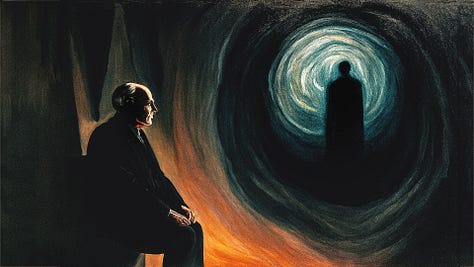

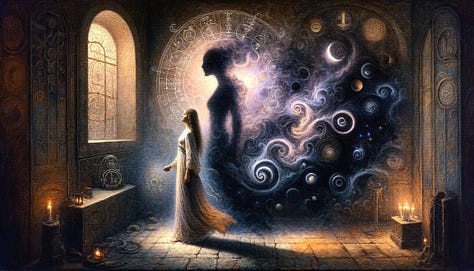
Carl Jung, a famous pioneer in the field of analytical psychology, introduced us to the concept of the 'Anima' – the feminine aspect present within the psyche of men. The High Priestess archetype, rich in symbolism, embodies qualities associated with the Anima, acting not only as the gateway to our subconscious mind but also as the custodian of hidden knowledge and mystical wisdom that remain unexplored. In her silent vigil, she can be interpreted as mirroring the 'Shadow', holding space for the unrecognized and often darker aspects of our psyche, urging their acknowledgment and integration.
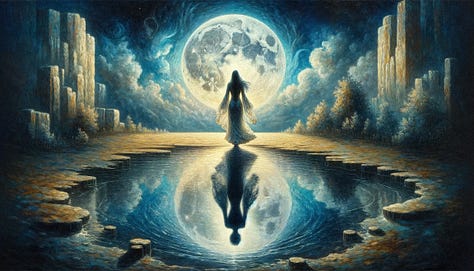
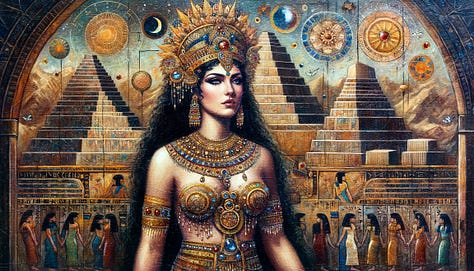
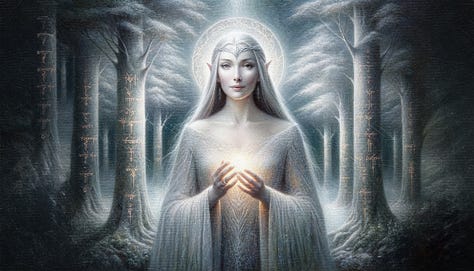
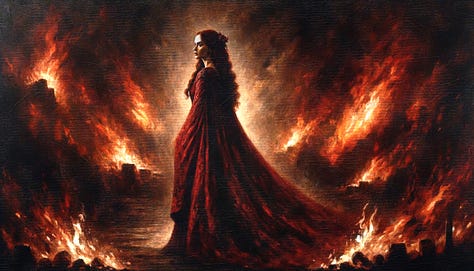
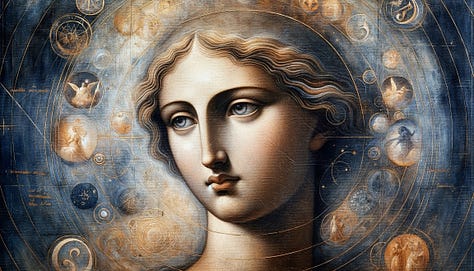
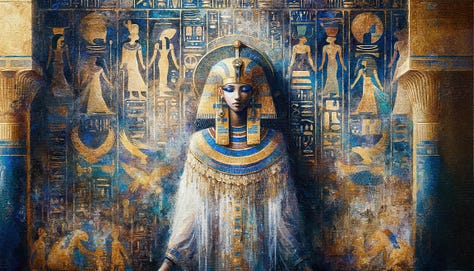
From the mystical corridors of ancient temples to the hidden recesses of our own minds, the High Priestess has been a beacon of esoteric wisdom, mirrored in iconic figures like Inanna, the mythological Sumerian goddess of love and war; Galadriel, the mystical woman with profound wisdom and foresight from ‘Lord of the Rings’; Melisandre, the enigmatic Red Woman from ‘Game of Thrones’; Sophia from Gnostic texts; or Isis in Egyptian mythology. These are embodiments of the High Priestess archetype whose tales of power and transformation echo the profound narratives buried within our own collective unconscious.
But what does this mean for you? How does this archetype influence your daily life, your decisions, and your path to self-discovery?
Today, we'll unravel these mysteries.
So keep reading, because what you will discover is more than history; it's a reflection of our innermost selves. We'll explore not only the High Priestess's historical roots and symbolism but also her profound impact on Jungian psychology, modern culture, divination, and spirituality. By the end of our journey, you won't just understand this archetype; you'll feel her ancient wisdom pulsing through your own life. Together, we'll delve into a comprehensive exploration of this archetype, unlock the secrets of her imagery, and understand how her timeless wisdom can illuminate your path to self-discovery, emotional clarity, psychological balance, and spiritual growth.
The High Priestess in Historical Context
The High Priestess archetype is as ancient as human civilization itself, rooted deeply in our collective history. She has appeared in various forms across cultures and epochs, from the oracle priestesses of Delphi to the goddesses of fertility and wisdom in ancient mythologies. Each incarnation of the High Priestess carries with her a legacy of mystery and knowledge, beckoning us to look beyond the veil of the material world.
Historically, the High Priestess has been a guardian of sacred knowledge. In ancient times, temples and secret societies were often her domain, where she would serve as the intermediary between the divine and the mortal. This historical perspective illuminates her role as a custodian of hidden wisdom, offering a glimpse into how our ancestors viewed the intersection of the spiritual and the psychological.
The Sumerian Goddess Inanna
Delving deeper into history, we find the High Priestess embodied in figures like the Sumerian goddess Inanna, an ancient deity of love, beauty, and war, who also held dominion over wisdom and knowledge. Her myth is particularly striking in the tale of her descent into the underworld. There, Inanna surrenders her power, only to emerge stronger, symbolizing a cycle of introspection and rebirth. This journey mirrors that of the High Priestess, delving into the depths of the unknown—a metaphor for our own explorations of the subconscious.
The Egyptian Goddess Isis
Similarly, in Ancient Egypt, the goddess Isis was revered as a figure of magic, healing, and wisdom. As the wife of Osiris and the mother of Horus, Isis played a pivotal role in the resurrection myth and the journey of the soul, themes central to the High Priestess's symbolism. Priests and priestesses in the temples of Isis were known for their wisdom and their ability to commune with the divine, serving as intermediaries between the gods and the people.
The Evolution of the High Priestess Archetype
The evolution of the High Priestess archetype over the centuries reflects the changing perceptions of the feminine divine and the inner workings of the human mind. From the revered goddesses of ancient civilizations to the marginalized figures during the witch hunts in medieval Europe, the High Priestess's journey mirrors humanity's own understanding and misunderstanding of the mystical and the psychological.
In examining the High Priestess through the lens of history, we understand that she is more than just a mystical figure; she is a symbol of the evolution of human consciousness. Her story is a tapestry woven with threads of spiritual awakening, psychological insight, and the perennial quest for knowledge. This rich historical tapestry provides us with a deeper understanding of the High Priestess, not only as a symbol but as a living presence in the collective psyche of humanity.
Symbolism and Imagery of the High Priestess
Before delving into the profound impact of the High Priestess archetype, not only in our own lives, but also in Jungian psychology, modern culture, divination, and spirituality, it's crucial to first understand the rich symbolism that defines her essence.
The Number 2
The High Priestess, as depicted in the traditional Rider-Waite-Smith tarot, is represented by the number 2, in the Major Arcana. This number is a profound symbol of duality, balance, and the union of opposites. It embodies the foundational essence of the High Priestess: her role as a mediator between the polarities of existence, and her ability to navigate and harmonize these contrasting forces. This sets the stage for the rich tapestry of meanings and psychological significance she embodies.
Moon
The moon, often depicted close to her, represents the unconscious, the intuitive, and the cyclic nature of time and human experience. It is a celestial body that illuminates the night, just as the High Priestess illuminates the path to inner wisdom.
Water
Water, with its inherent fluidity and depth, is intrinsically linked to the essence of the High Priestess. It symbolizes the seamless flow of emotions, the profound depths of the subconscious, and the intuitive currents that guide our psychic intuition. Just as water reflects the moonlight, our subconscious mind reflects our deepest truths and hidden desires, often revealed through the High Priestess's guidance.
Veil
The veil that the High Priestess sits before is perhaps the most potent of her symbols. It represents the thin barrier between the known and the unknown, the conscious and the subconscious. This veil invites us to look beyond superficial appearances and delve into the deeper truths that lie within us and in the world around us.
Pomegranate
The pomegranate, often depicted in High Priestess imagery, holds its own significance. It is a fruit associated with Persephone, the queen of the underworld, symbolizing the journey from innocence to experience, from naivety to wisdom. The High Priestess, like Persephone, guides us through our own underworlds, our own psychological depths, to emerge with newfound insight.
Pillars
The High Priestess is generally depicted seated between two pillars, labeled B and J, representing Boaz and Jachin, the pillars of King Solomon’s Temple. These pillars signify the duality of existence - mercy and severity, strength and wisdom, the physical and the metaphysical. The pillars also symbolize the balance between opposites - the seen and unseen, the masculine and feminine, the yin and yang, the material and spiritual realms. They anchor her in a space where opposites converge, reflecting the balance she maintains between different realms and states of being. She sits at the threshold, a guardian of sacred knowledge and a guide to the mysteries beyond.
Scripture
In her hands, the High Priestess typically holds a scripture, often interpreted as the Torah, symbolizing the sacred knowledge and esoteric wisdom she possesses. This sacred scripture can be interpreted as the ‘divine law’ that symbolizes the memory we carry inside about the past, present, and future, named Akasha. This scripture is partially concealed, hinting at the secret knowledge that is only revealed to those who are ready to look beyond the surface and explore the depths of their own consciousness.
Attire
Her attire, composed of blue flowing and light clothes and a robe, speaks to her connection with the spiritual realm, the fluidity of intuition, and the boundless nature of the subconscious. The color blue, often associated with depth and stability, mirrors the High Priestess’s role as a stable conduit between the conscious and subconscious realms. The robe she wears signifies discretion and is a reminder that not all knowledge should be revealed at once but should be understood over time and with maturity.
Cross
The cross on her chest is a symbol not only of faith but also of the intersection of the material and spiritual worlds. It represents the union of opposites, the convergence of the physical and metaphysical, and the embodiment of spiritual wisdom in the earthly realm.
Crown
The crown she wears, resembling a diadem with horns and a globe in the middle, symbolizes her dominion over the material and spiritual worlds. The horns, evocative of the crescent moon, reinforce her connection to the lunar symbol of intuition and the subconscious. Meanwhile, the globe represents her comprehensive understanding and awareness of the world and the universe. This combination of elements in her crown reflects her role as a cosmic mediator, harmonizing celestial wisdom with earthly knowledge.
Through these symbols, the High Priestess becomes a complex and multifaceted figure, embodying wisdom, intuition, and the mysteries of the subconscious. Her imagery is a bridge between worlds, inviting seekers to explore the depths of their own psyche and to embrace the duality inherent in life. Her presence in the tarot is a powerful reminder of the unseen forces that shape our experiences and the profound insights that can be gained by looking within.
The High Priestess and Jungian Psychology
Carl Jung, the famous Swiss psychiatrist and psychoanalyst who founded analytical psychology, provides a vital framework for understanding the High Priestess archetype. His exploration of the collective unconscious brings profound insight into this symbol. Through the lens of Jungian psychology, the High Priestess can be seen as representing qualities of the Anima, the feminine aspect within the unconscious of men. This Anima is a conduit to the deeper layers of the self, much like the High Priestess, who bridges the conscious and unconscious realms.
Jung once stated, “The unconscious is not just evil by nature, it is also the source of the highest good: not only dark but also light, not only bestial, semi-human, and demonic but superhuman, spiritual, and, in the classical sense of the word, 'divine'.” This quote echoes the dual nature of the High Priestess, embodying both the known and the unknown aspects of the self.
The High Priestess also embodies Jung's concept of archetypes, universal, archaic symbols, and images that derive from the collective unconscious. She is not just a personal symbol, but a manifestation of a collective human experience, resonating across cultures and ages. Through her, we can explore the shared depths of the human psyche and the common threads that connect our individual experiences.
While Carl Jung did not explicitly link the High Priestess with the Anima or the Shadow, my interpretation seeks to bridge these symbolic and psychological concepts with this archetypal figure, enriching our understanding through an interpretive lens.
Jungian shadow work, the exploration of the hidden parts of the self, aligns closely with the High Priestess's energy. She challenges us to confront and integrate our shadow selves, to acknowledge and learn from the parts of us that we often keep hidden. Jung emphasized the importance of confronting the shadow, stating, “One does not become enlightened by imagining figures of light, but by making the darkness conscious.” This integration is crucial for psychological wholeness and personal growth.
The High Priestess, in her stillness and silence, invites introspection and reflection. In Jungian terms, she encourages the process of individuation – the journey towards realizing our true self. She guides us to uncover the unique aspects of our personality and our path to self-realization, hidden within the depths of our subconscious. By integrating Jung's insights, we gain a richer, more nuanced understanding of this enigmatic figure and her role in our psychological and spiritual development.
The High Priestess in Tarot and Divination
In the intricate world of tarot, the High Priestess card, also known as The Popess or La Papesse, is a profound invitation to delve into the realms of intuition and the subconscious. Complementing the symbolic representation discussed earlier, her role in tarot readings also focuses on her dynamic interaction with the querent’s life and circumstances. When she appears in a spread, it is often a call to trust our inner voice that speaks from the depths of our being and look beyond the obvious.
Beyond the static symbolism that defines her in the broader context of the tarot deck, in readings, the High Priestess becomes a living, breathing guide. She nudges us towards self-discovery and self-reflection, asking us to pause and listen to the subtle messages that emanate from within. Her appearance in a spread can indicate a period of stillness and contemplation, where the answers we seek lie not in the external world but within the quiet corridors of our inner selves.
The role of the High Priestess in divination extends beyond traditional tarot readings. She embodies the essence of all intuitive practices, whether it be through meditation, dream interpretation, or other forms of introspective exploration. Her energy infuses these practices with a depth that encourages a deeper connection with our subconscious minds, guiding us to uncover truths that are often obscured by the hustle of daily life.
In divination, the High Priestess does not just symbolize knowledge or mystery; she becomes an active participant in the journey of discovery. Her presence in a reading or intuitive practice is a gentle reminder that true understanding comes from a place of stillness and inner alignment. It's a call to trust the unseen and to value the wisdom that arises from within.
Thus, in the realm of tarot and divination, the High Priestess transcends her symbolic attributes, transforming into a catalyst for personal growth and inner exploration. She becomes a mirror reflecting our deepest selves, urging us to look beyond the surface and embrace the wisdom that lies in the depths of our intuition. Her guidance in this context is not just about revealing hidden truths, but also about helping us to navigate the journey of self-awareness and spiritual growth.
The High Priestess and Feminine Mystique
The High Priestess serves as a symbol of the divine feminine, embodying the mysteries and power inherent in womanhood. Her presence evokes the ancient understanding of femininity not just as a biological category, but as a powerful, spiritual, and psychological force. This aspect connects her to the deep wellspring of feminine intuition, creativity, and inner wisdom.
In examining the High Priestess through the lens of feminine mystique, we explore her connection to goddesses and feminine deities across cultures. From Isis in Egyptian mythology to Sophia in Gnostic texts, these figures share traits with the High Priestess, representing wisdom, depth, and an understanding of the cyclical nature of life and the universe.
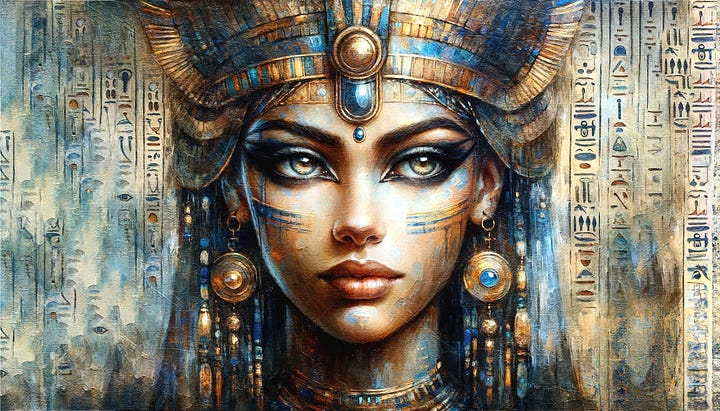
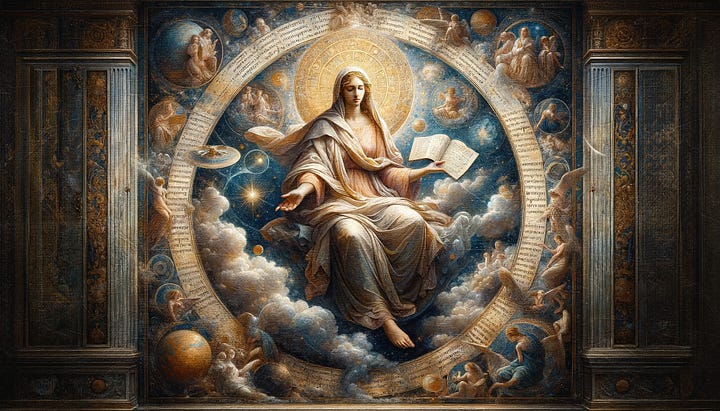

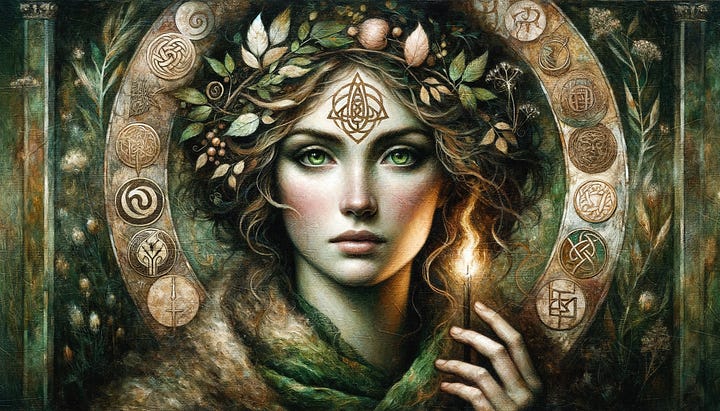
Expanding this cultural panorama, we find parallels in the Hindu goddess Saraswati, embodying wisdom and learning, and the Celtic Brigid, a figure of healing and poetic inspiration. These deities, akin to the High Priestess, encapsulate aspects of the divine feminine, highlighting its universality across different civilizations and eras.
The psychological aspect of the feminine mystique in the High Priestess archetype offers a profound insight into the collective psyche. She represents a counterbalance to the patriarchal norms that have historically dominated societal structures, bringing forth qualities like receptivity, empathy, and a deep connection with the inner self.
The resurgence of interest in the divine feminine, where the High Priestess plays a key role, reflects a contemporary movement towards balancing masculine and feminine energies. In a world striving for equilibrium, the High Priestess reminds us of the power and importance of the feminine qualities in all of us, regardless of gender.
The High Priestess in Modern Culture
In modern culture, the High Priestess archetype finds expression in various forms, from literature and movies to psychology and spirituality. Her essence is often seen in characters who embody wisdom, mystery, and a deep connection to the spiritual and subconscious realms.
Literature and Film
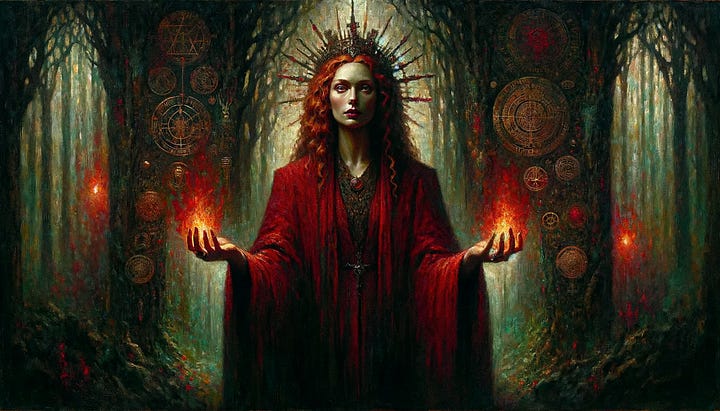
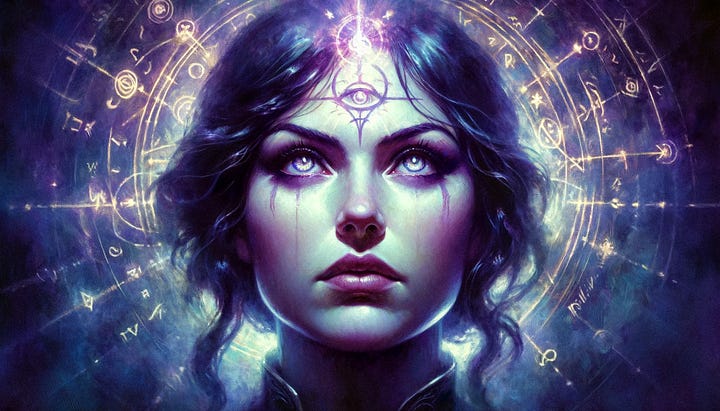
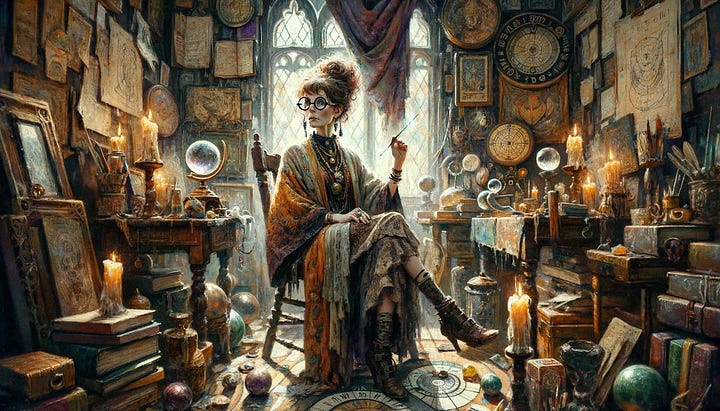
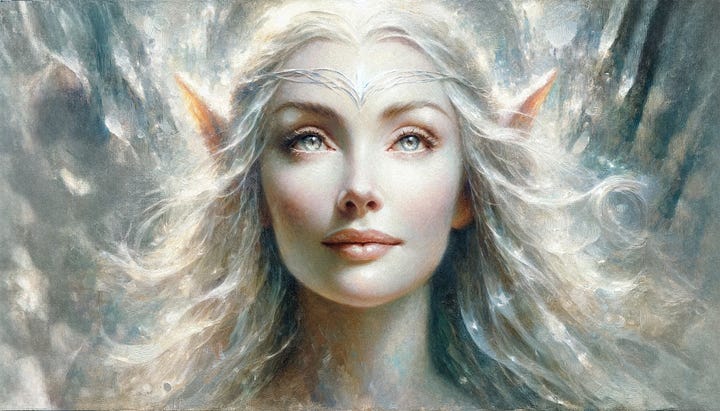
In literature and film, this archetype is vividly brought to life by characters such as Melisandre, the mystical Red Woman from ‘Game of Thrones’, who embodies enigmatic power and prophetic knowledge. Yennefer of Vengerberg from ‘The Witcher’ series portrays a powerful sorceress with deep intuition and esoteric mastery. In the ‘Harry Potter’ series, Professor Sybill Trelawney represents the archetype through her prophetic insights and connection to the mystical world. Galadriel, from ‘Lord of the Rings’, is a quintessential High Priestess with her profound wisdom and foresight.
Psychology
In the field of psychology, the High Priestess's influence is seen in intuitive therapy practices and dream analysis, where deeper understanding of the subconscious is sought. Transpersonal psychology and Jungian archetypes, particularly the concept of the Shadow Self, reflect her essence in exploring the deeper layers of the psyche.
Spirituality
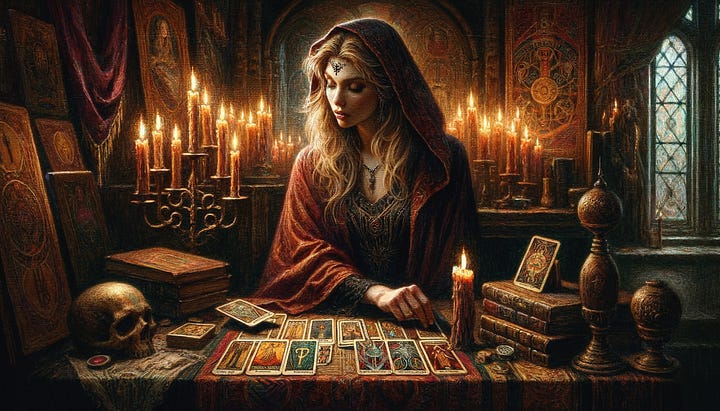
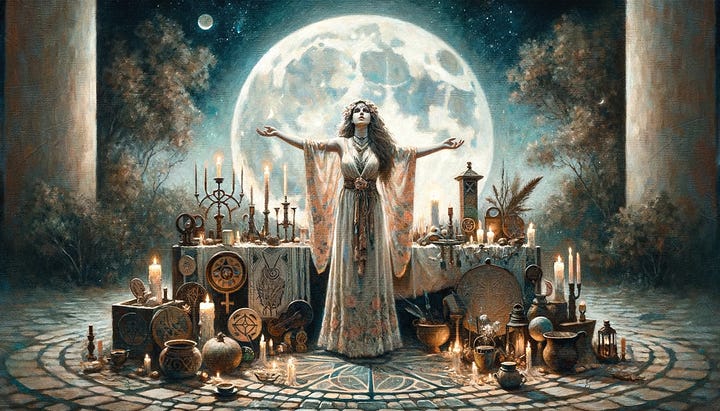
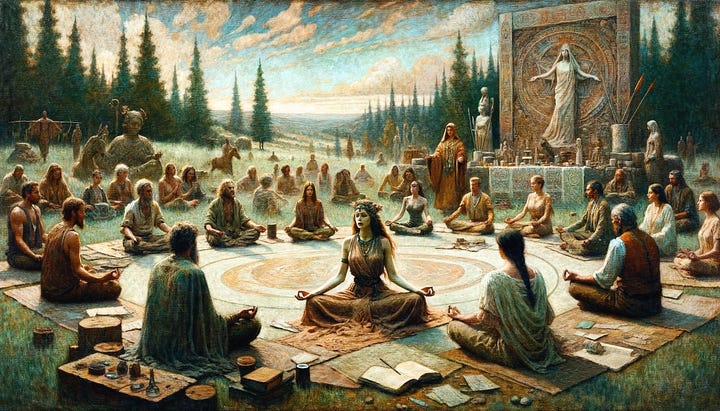
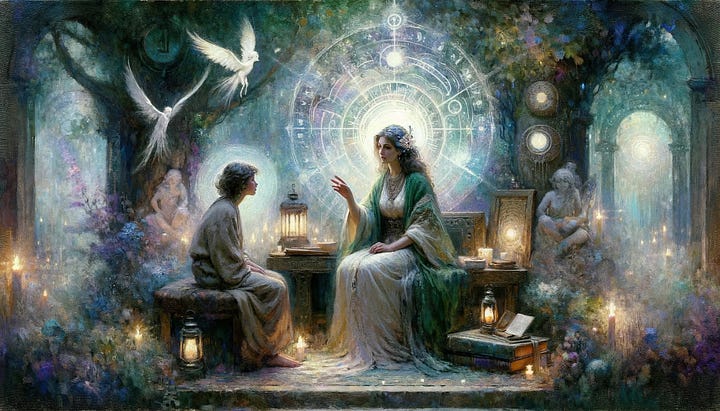
In spirituality, the High Priestess's presence is felt in tarot reading, embodying intuition and inner knowledge. Modern Witchcraft and Pagan practices often revere the divine feminine, resonating with her energy. Meditation practices and Goddess Worship in Neo-Paganism draw on her aspects of wisdom and spiritual connection. In spiritual guidance and counseling, the High Priestess inspires a journey towards inner truth and enlightenment.
The archetype's relevance in today’s psychology and spirituality reflects a collective yearning for deeper meaning and understanding beyond the materialistic and superficial. She stands as a beacon for those seeking to explore the depths of their consciousness and to embrace the mysteries of life. Her enduring influence across these diverse areas highlights her timeless significance and the universal appeal of the wisdom she represents.
The Shadow Side of the High Priestess
The High Priestess, while embodying wisdom and intuition, also possesses a shadow side, an aspect that is as integral to her archetype as her more commonly acknowledged qualities. This shadow manifests as secrecy, passivity, and sometimes, a detachment from the practical world, reflecting the darker aspects of intuition and knowledge.
The Greek Goddess Hecate
Historically, this shadow side can be traced in figures akin to the High Priestess, such as the Greek goddess Hecate, known for her connection to the underworld and darker realms of magic. Like the High Priestess, Hecate embodies a blend of light and shadow, guiding souls through transitions and transformations, even when they are shrouded in mystery and fear.
This shadow side can be seen as the gatekeeper of uncomfortable truths and hidden fears. Just as the High Priestess invites us to explore the depths of our subconscious, she also challenges us to confront what we find there, which can often be unsettling or difficult to accept.
Shadow Side in Literature and Film
In literature and film, this duality is often portrayed through characters who, although wise and insightful, also embody attributes of deception, manipulation, and secrecy. They may struggle with internal conflicts that set them apart from others. These characters reflect the High Priestess's complexity, showing how wisdom can coexist with the unseen, often misunderstood, aspects of the psyche.
Shadow Side in Psychology
In psychology, confronting the shadow is essential for personal growth. The High Priestess, in her more enigmatic and elusive aspects, represents this challenging yet necessary journey. It is through acknowledging and integrating these shadow aspects that we achieve a fuller understanding of ourselves.
The High Priestess's shadow side also symbolizes the dangers of retreating too far into the inner world. It serves as a reminder that while introspection and intuition are valuable, they must be balanced with engagement in the external world and practical realities. This balance is crucial in modern spirituality and self-discovery, where the pursuit of inner knowledge must harmonize with living effectively in the physical world.
Personal Reflections and Modern Relevance
Reflecting on the High Priestess archetype in our modern context, we find her as relevant today as she has ever been. In a world that often values external achievements over inner wisdom, the High Priestess calls us to reconnect with our intuitive selves and find balance between doing and being.
In the realm of mental health and wellness, the High Priestess's emphasis on introspection and inner knowledge aligns with contemporary approaches that prioritize self-care and mental well-being. She embodies the idea that understanding and nurturing our inner world is as important as succeeding in the external world.
The High Priestess challenges modern notions of knowledge and power. In a society that often equates knowledge with data and information, she reminds us of the deeper, intuitive understanding that comes from within. She advocates for a kind of wisdom that is felt and experienced, not just learned.
This archetype resonates particularly in movements that advocate for a more holistic, integrated approach to life. In spaces where mindfulness and spirituality intersect with everyday living, the High Priestess serves as a reminder of the value of inner knowledge and the power of the unseen.
In personal development, the High Priestess encourages us to embrace the journey of self-discovery. She represents the parts of ourselves that we may have neglected or overlooked: our intuition, our inner wisdom, and our connection to the subconscious.
In today's fast-paced, technology-driven world, the High Priestess serves as a symbol of the need for quiet, introspection, and connection to the deeper aspects of life. She invites us to pause, reflect, and listen to the whispers of our inner selves amidst the noise of daily life. Her presence in modern culture is a call to honor the non-material aspects of existence, reminding us that true wisdom often lies beyond the realm of the tangible and the quantifiable.
Conclusion
Our journey through the psychological landscape of the High Priestess brings us to a place of deeper understanding and appreciation of this enigmatic figure. She is more than just an archetype; she is a mirror reflecting our deepest selves, our unexplored fears, and our highest aspirations.
As we part ways with the High Priestess, we carry with us her lessons of introspection, balance, and the pursuit of inner wisdom. She reminds us that the answers we seek often lie within, in the quiet spaces of our minds and hearts. In understanding her, we take a step closer to understanding ourselves.
Like & Share
Thank you for reading! If you found value in this exploration, don't forget to leave a like and share. Be part of this voyage towards collective enlightenment, and let's co-create a world where we consciously manifest our shared dreams.
Leave a Comment
I’d love to hear your thoughts!
Have you encountered the High Priestess in your own life or spiritual practices? How has she influenced your journey toward self-understanding?
Share your experiences and insights below—I’m eager to hear how this archetype resonates with you!
Watch on YouTube
Curious about the depths of your own psyche? Watch the full video to explore the transformative power of the High Priestess in unlocking personal growth and spiritual enlightenment!
Listen on Spotify
Visit my Website
Check out my website and learn more about me and my content.
Support My Mission on Patreon
Get exclusive access to perks, ad-free videos, discounts, artwork, chats, and more!
Shop Gifts & Official Merchandise
Explore products to inspire your journey. I appreciate your support!
Join Our Discord Community
Connect with like-minded seekers in real time and engage in discussions
My Curated Library
Find my top book recommendations and enrich your understanding.
Tools and Artifacts
Discover tools and artifacts that enhance spiritual practices.
Connect on Social Media
Use the link below to easily find me on all platforms through my Linktree.

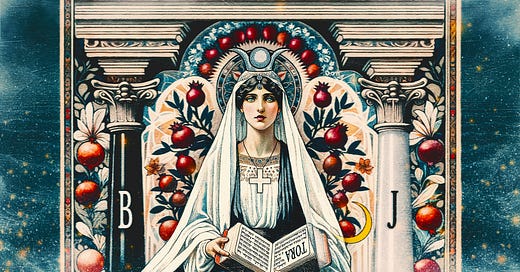




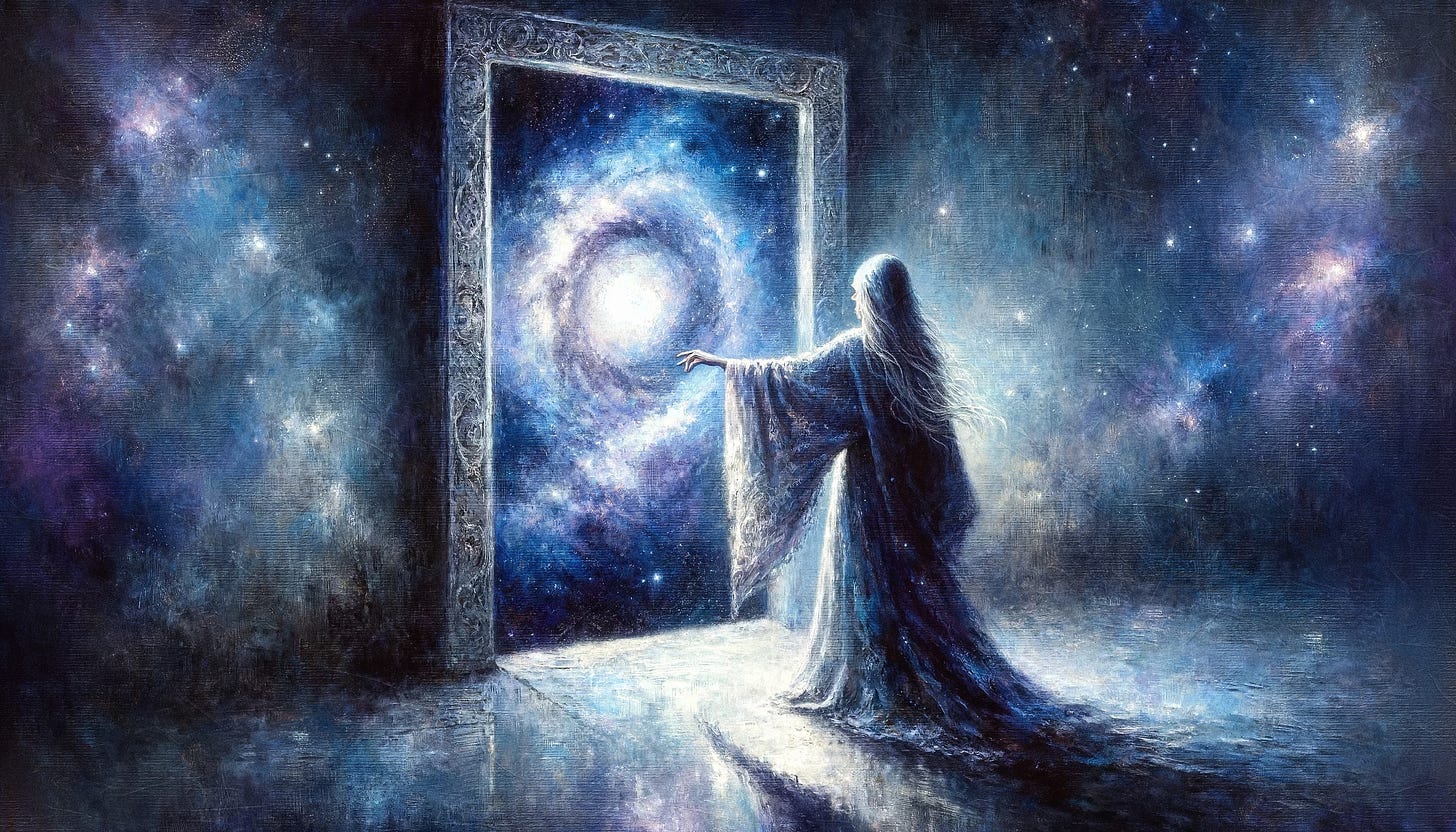
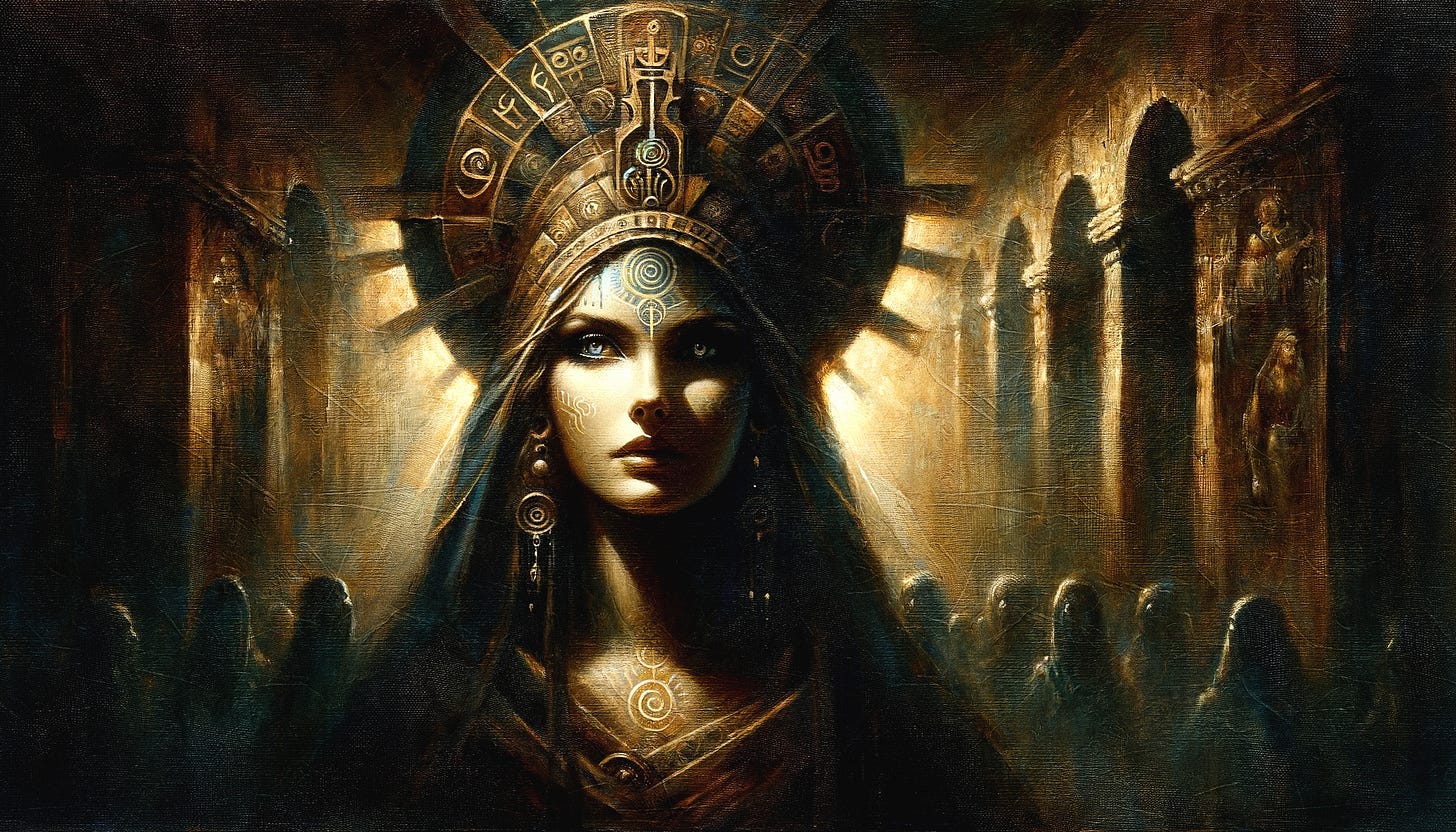
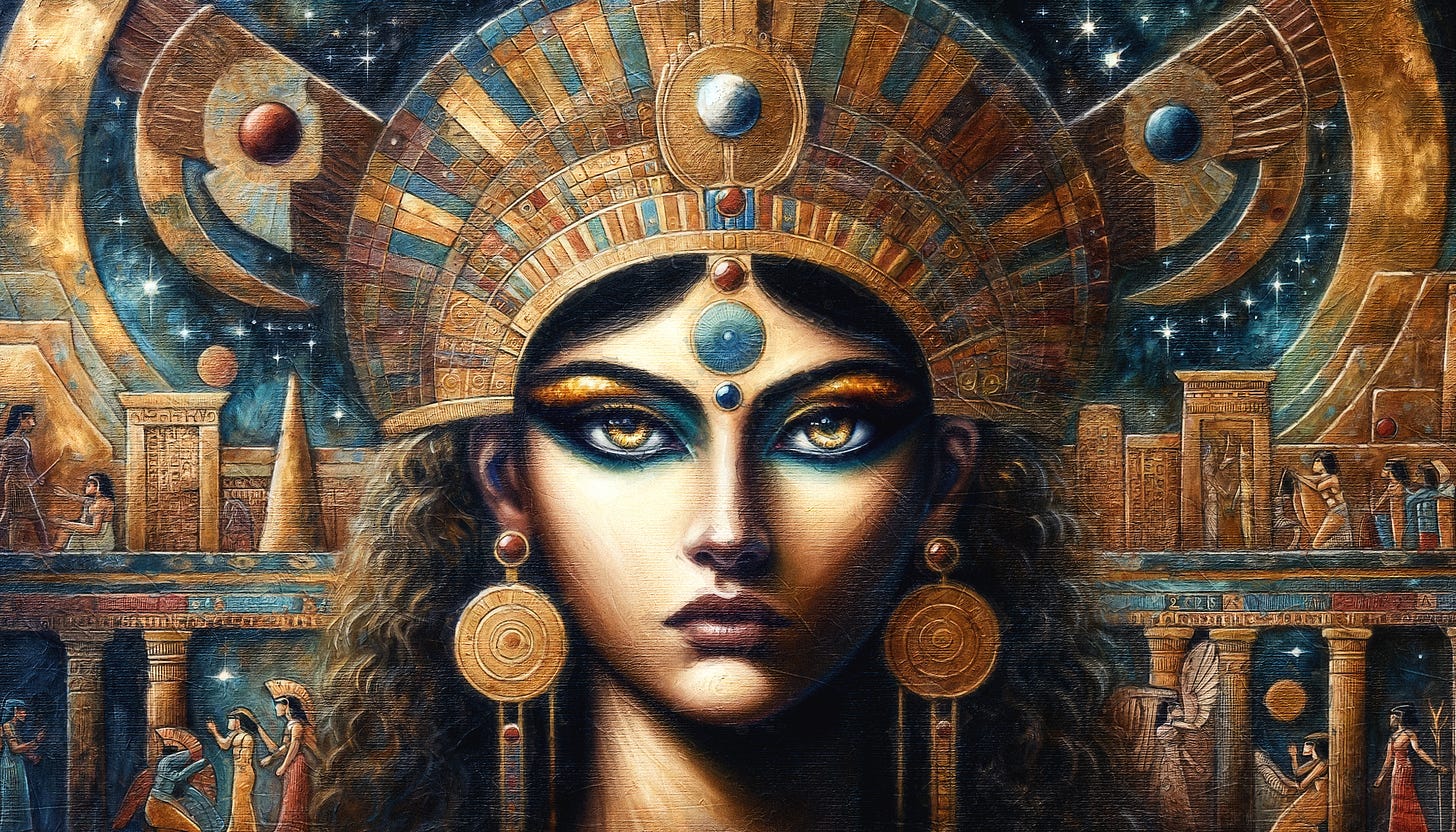
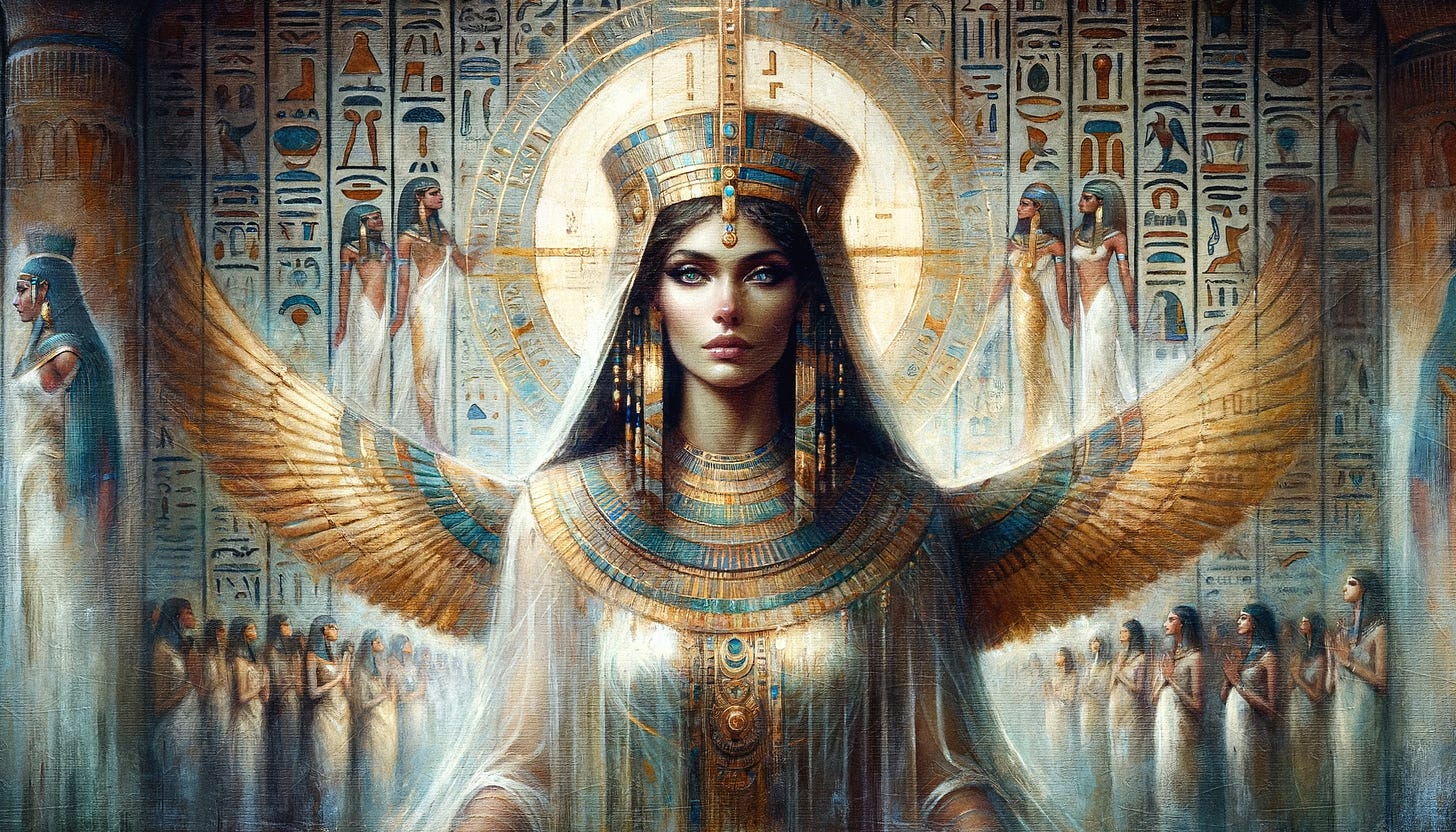


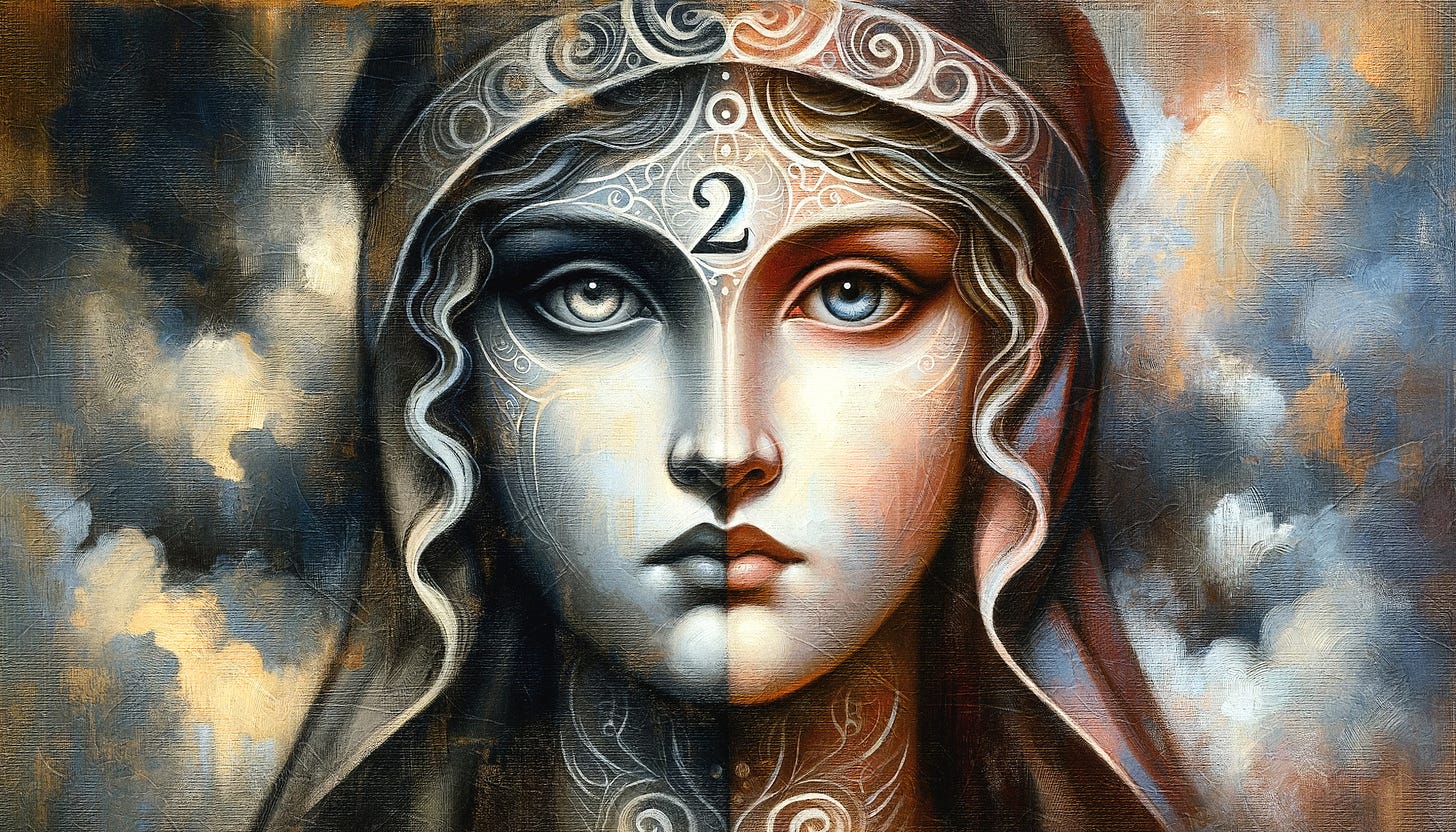
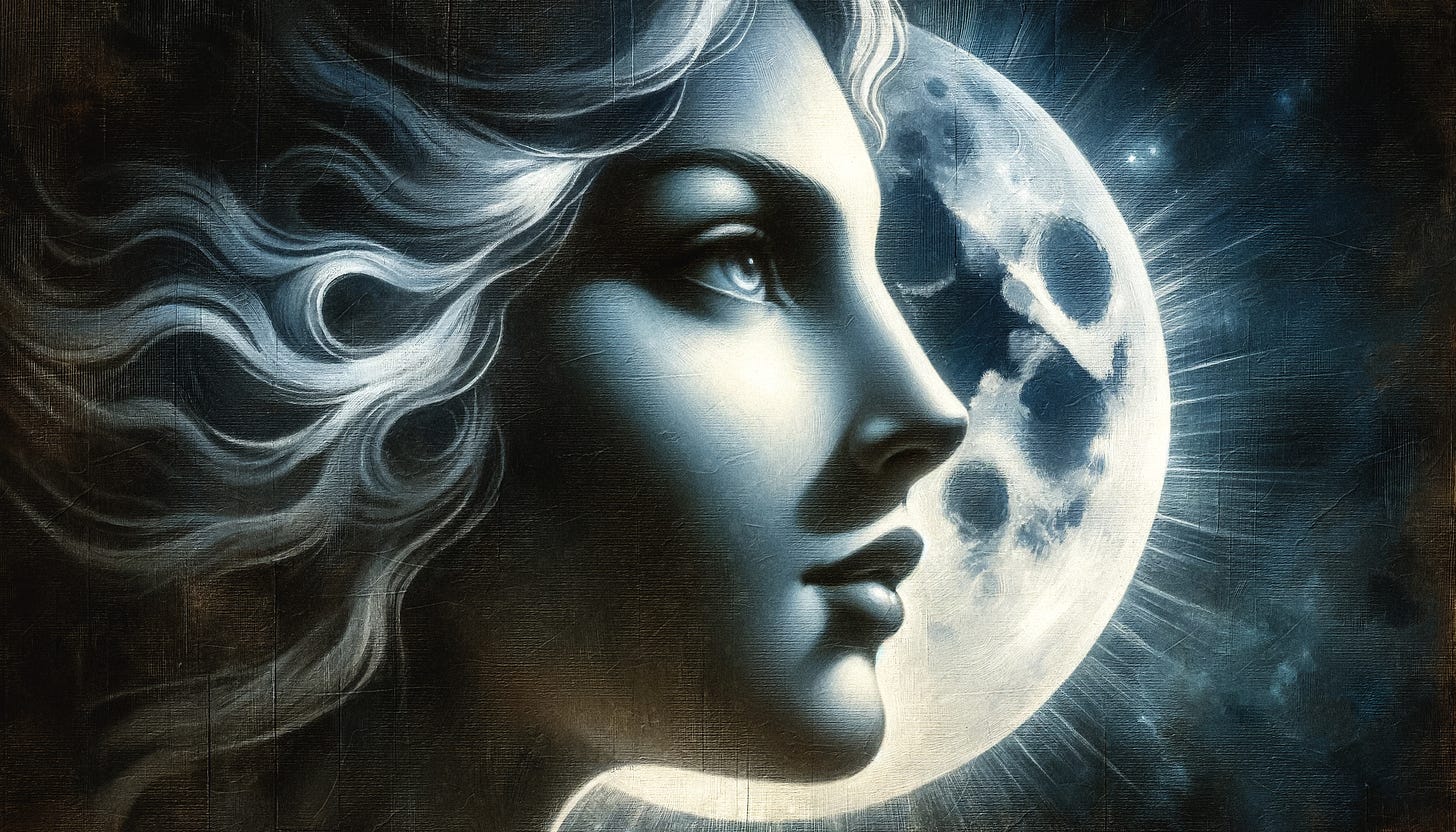
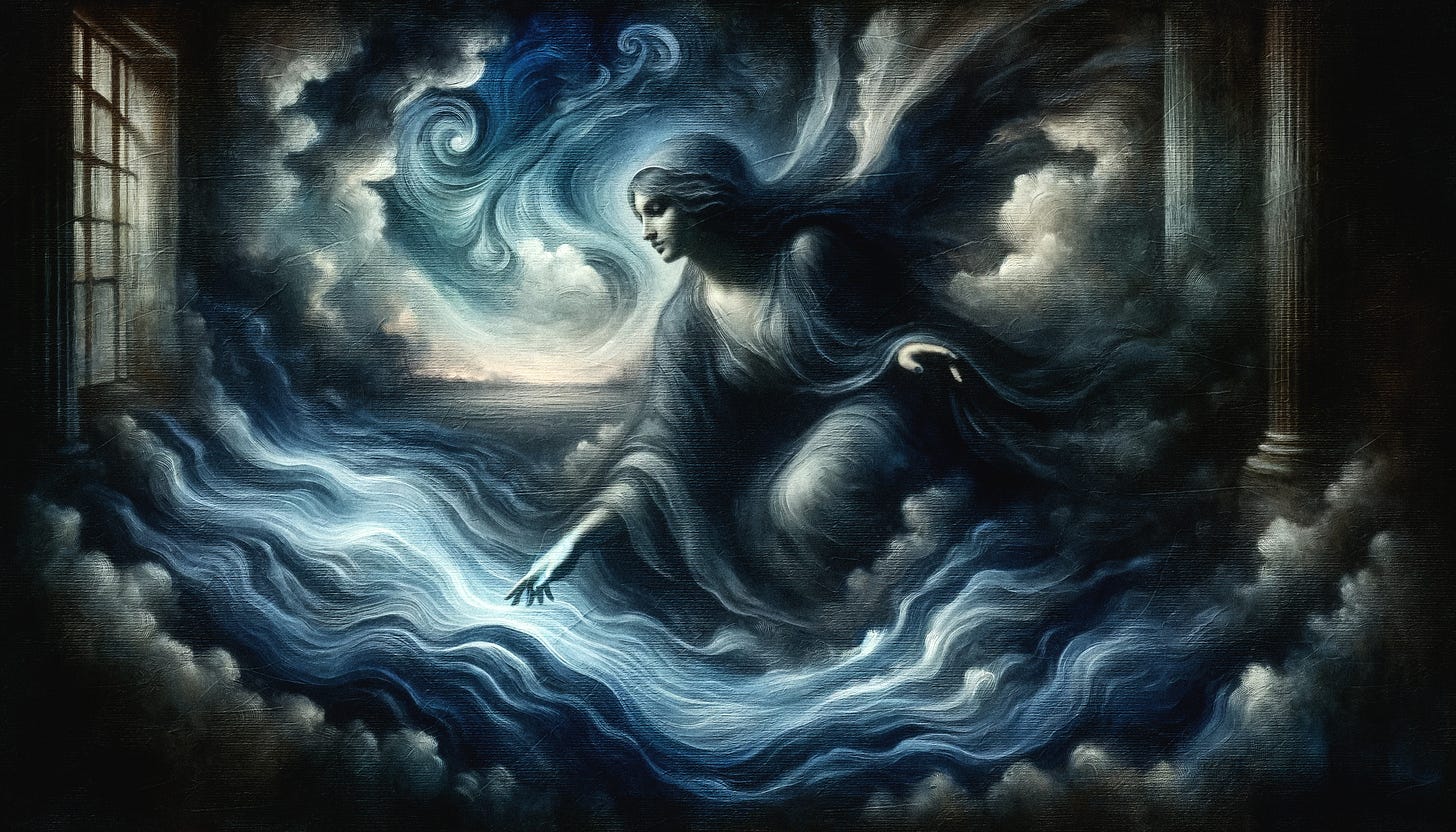
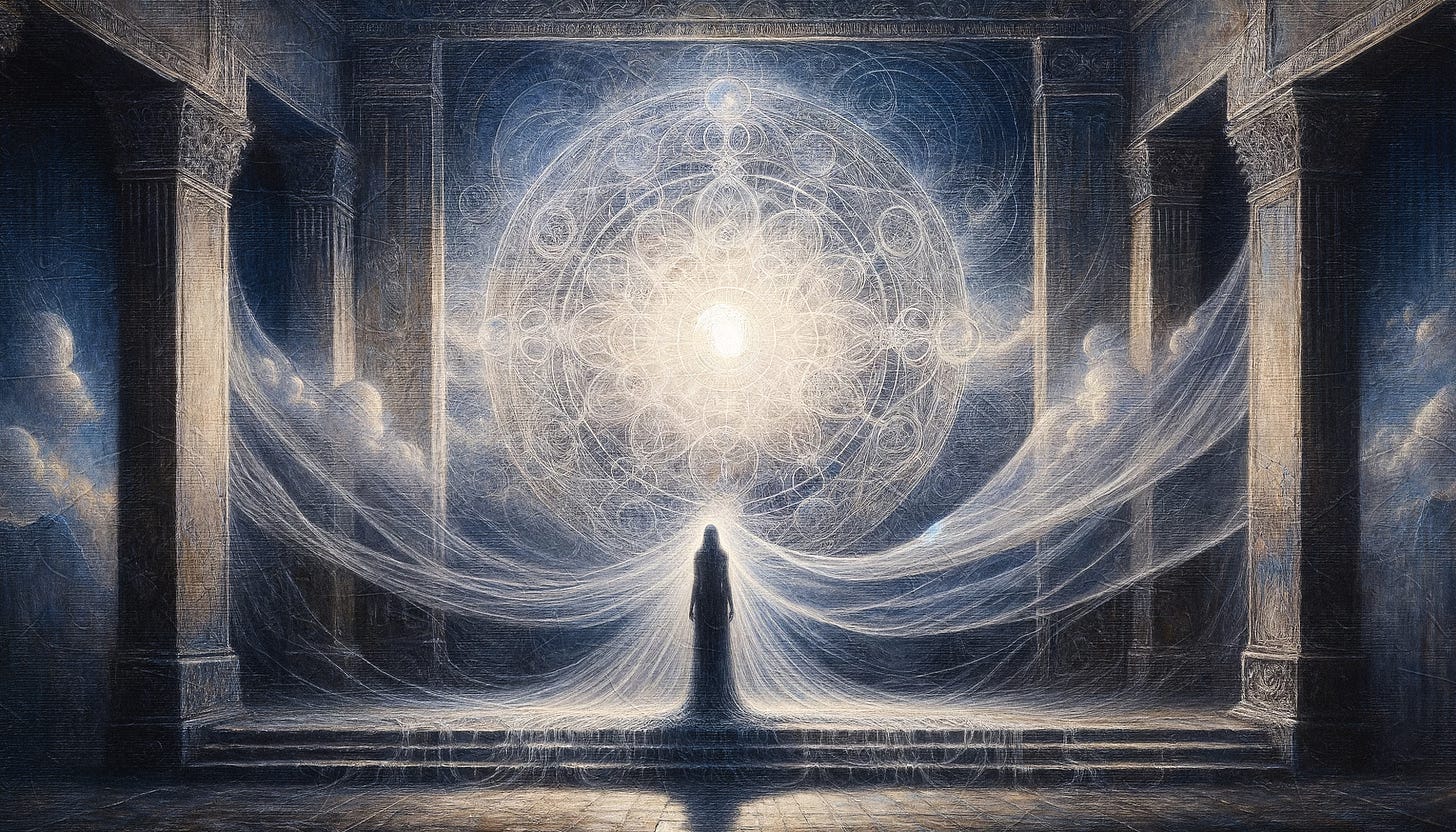
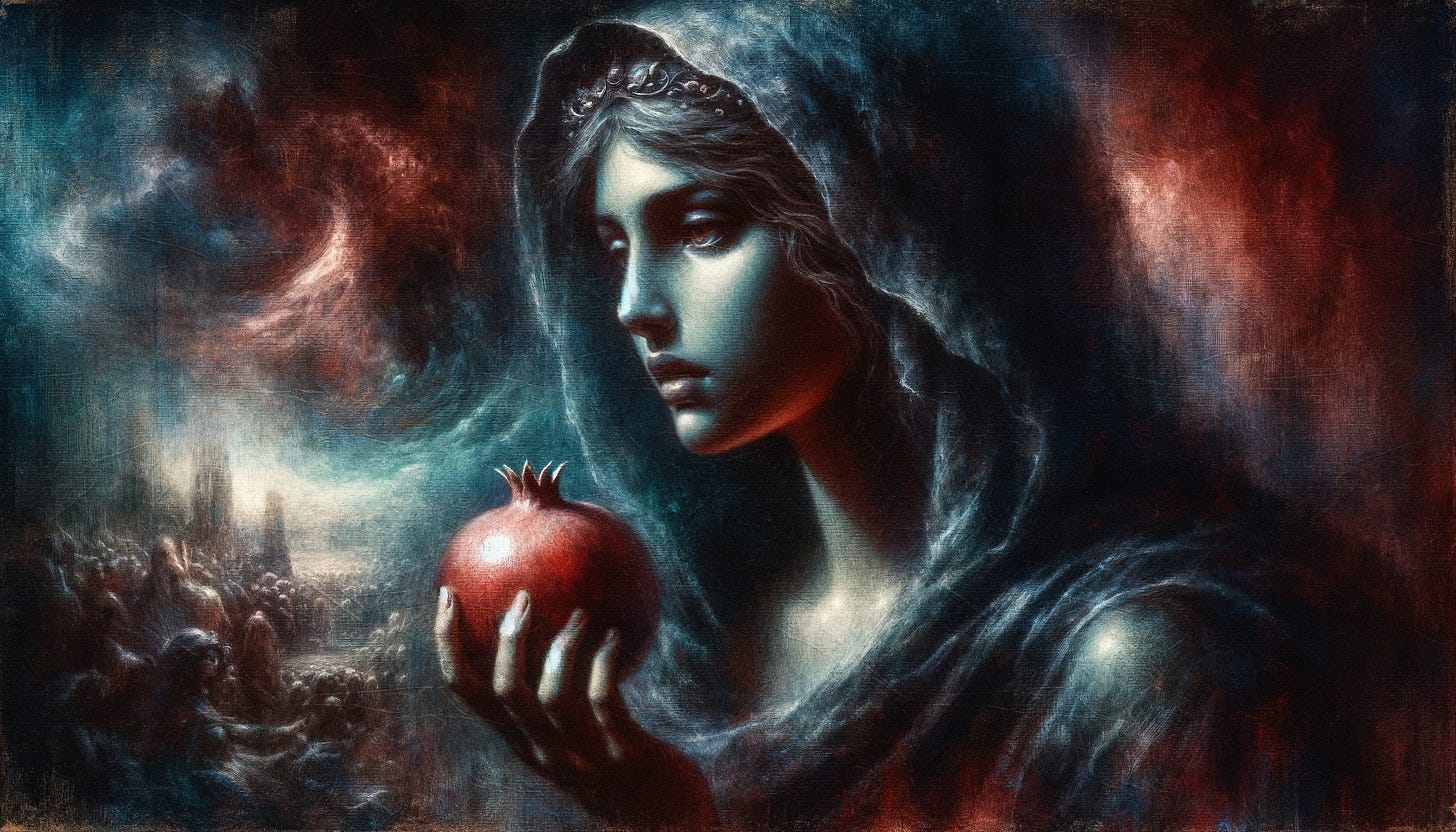
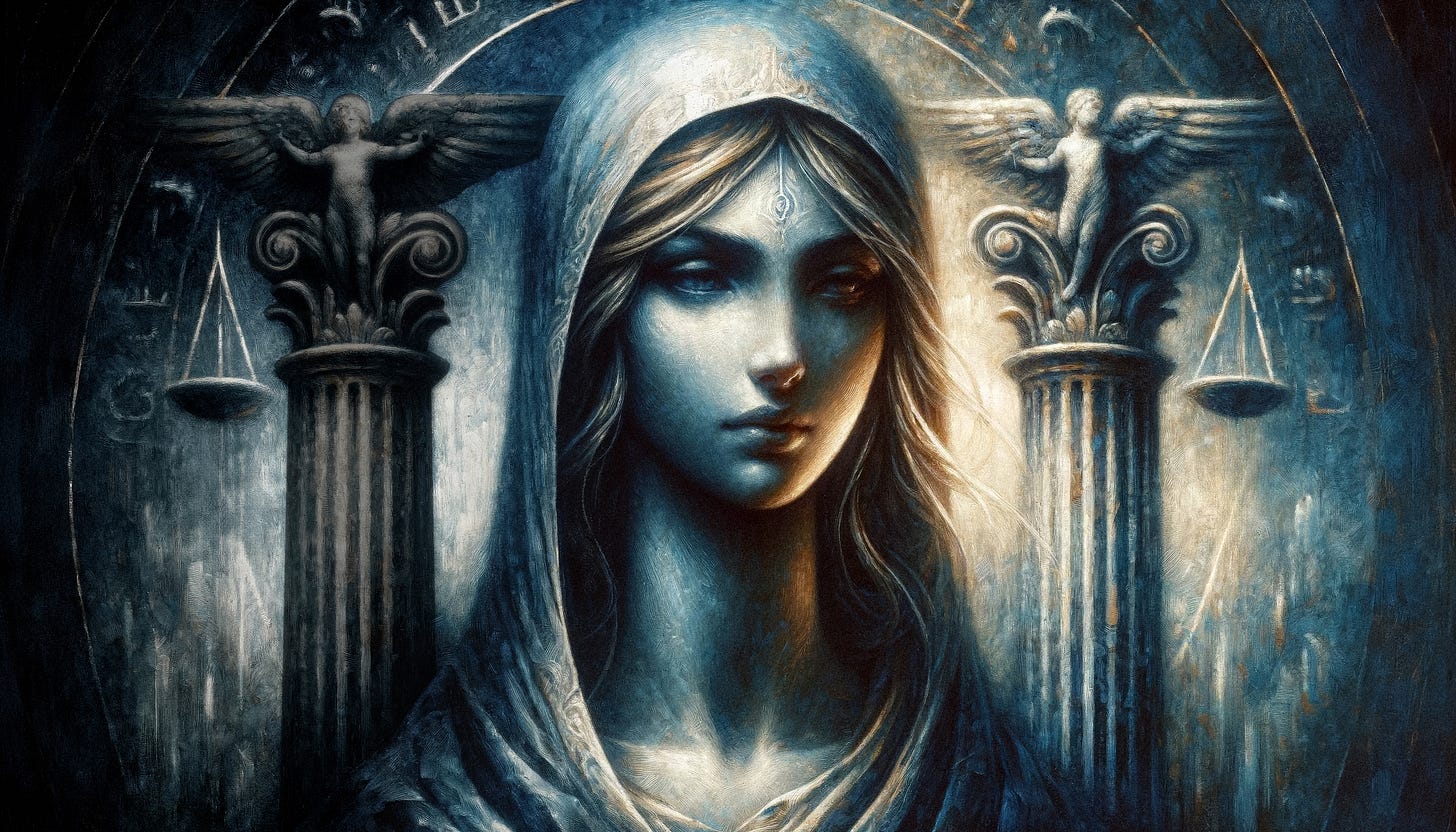
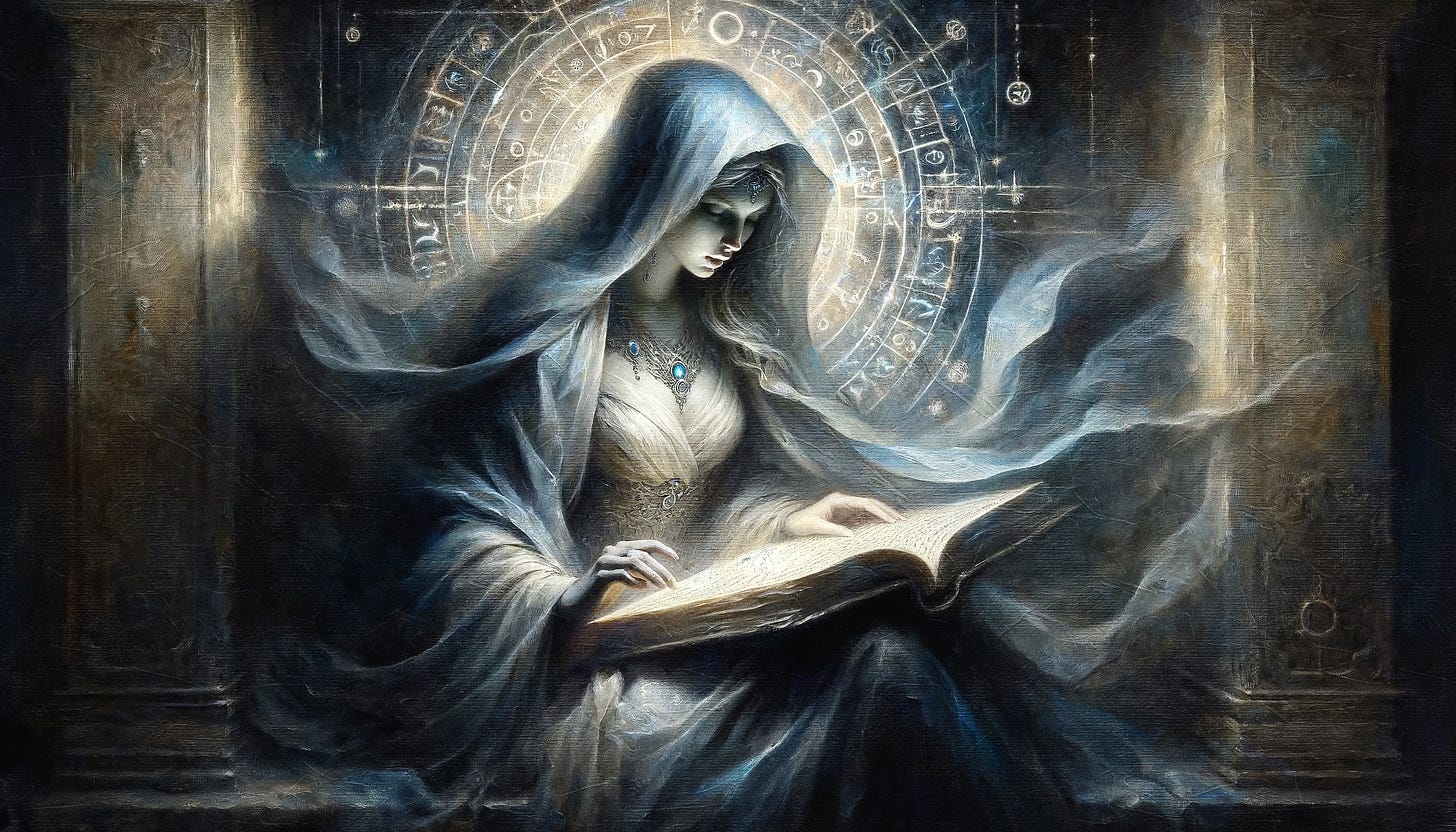

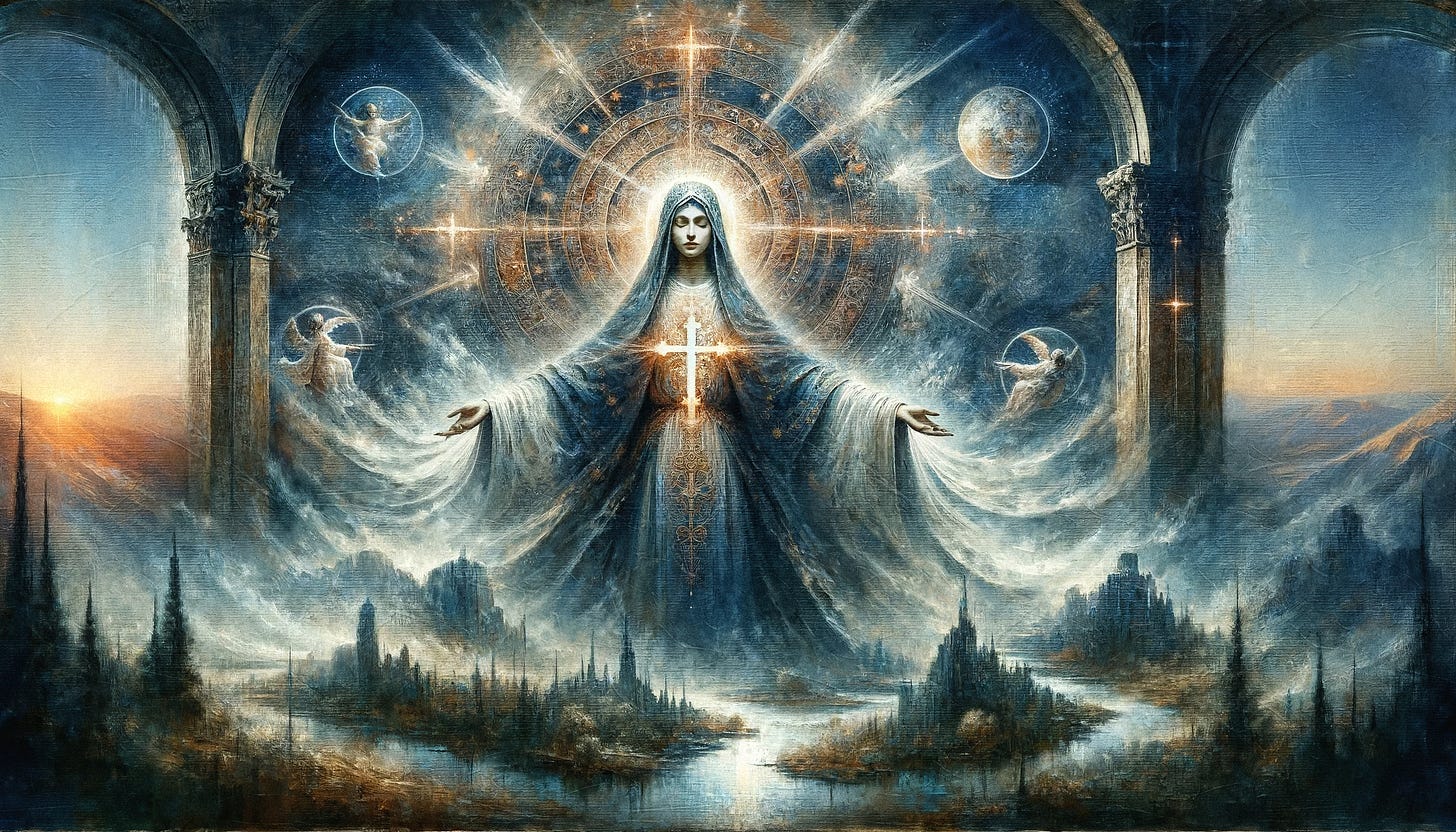
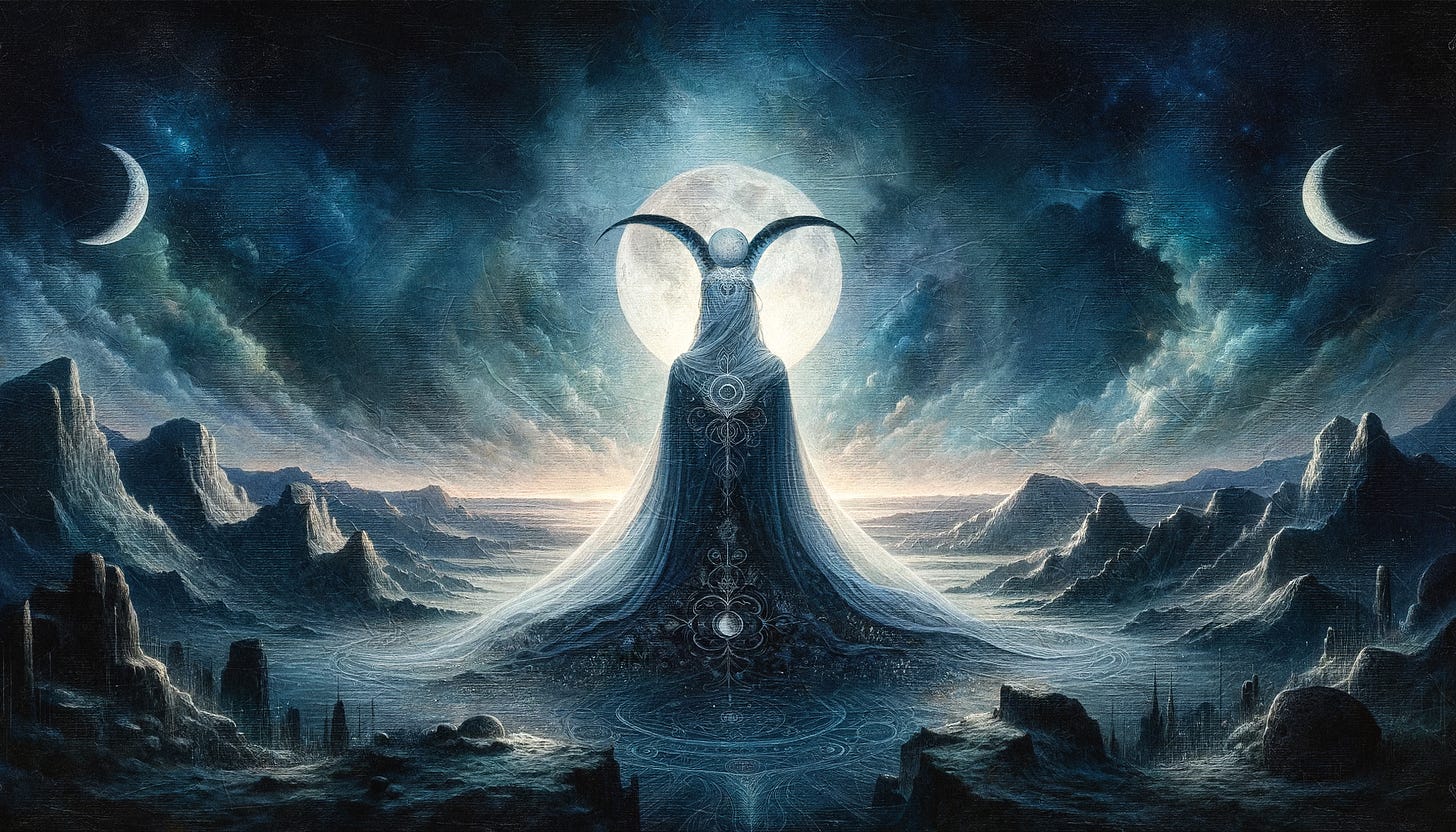
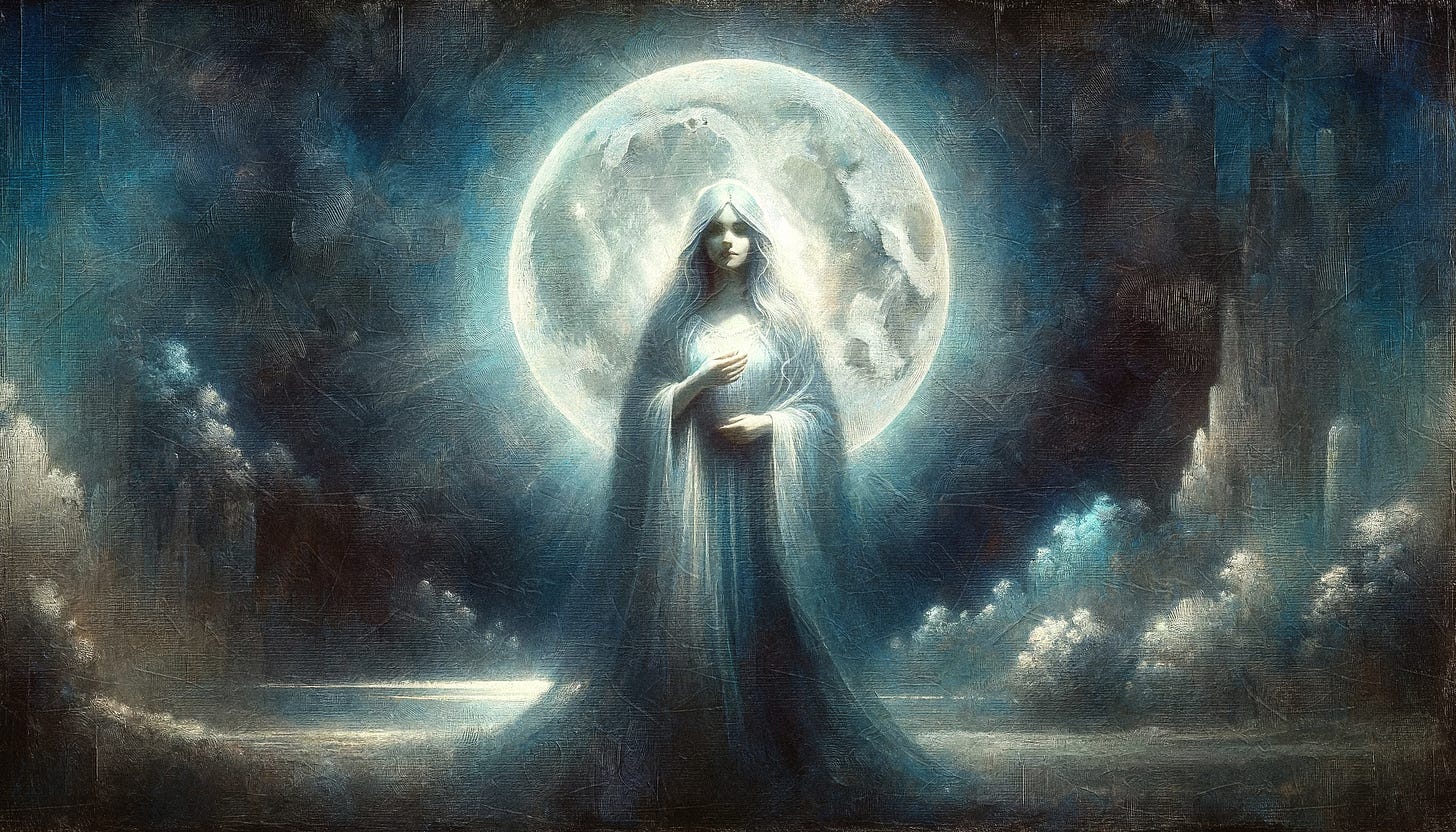

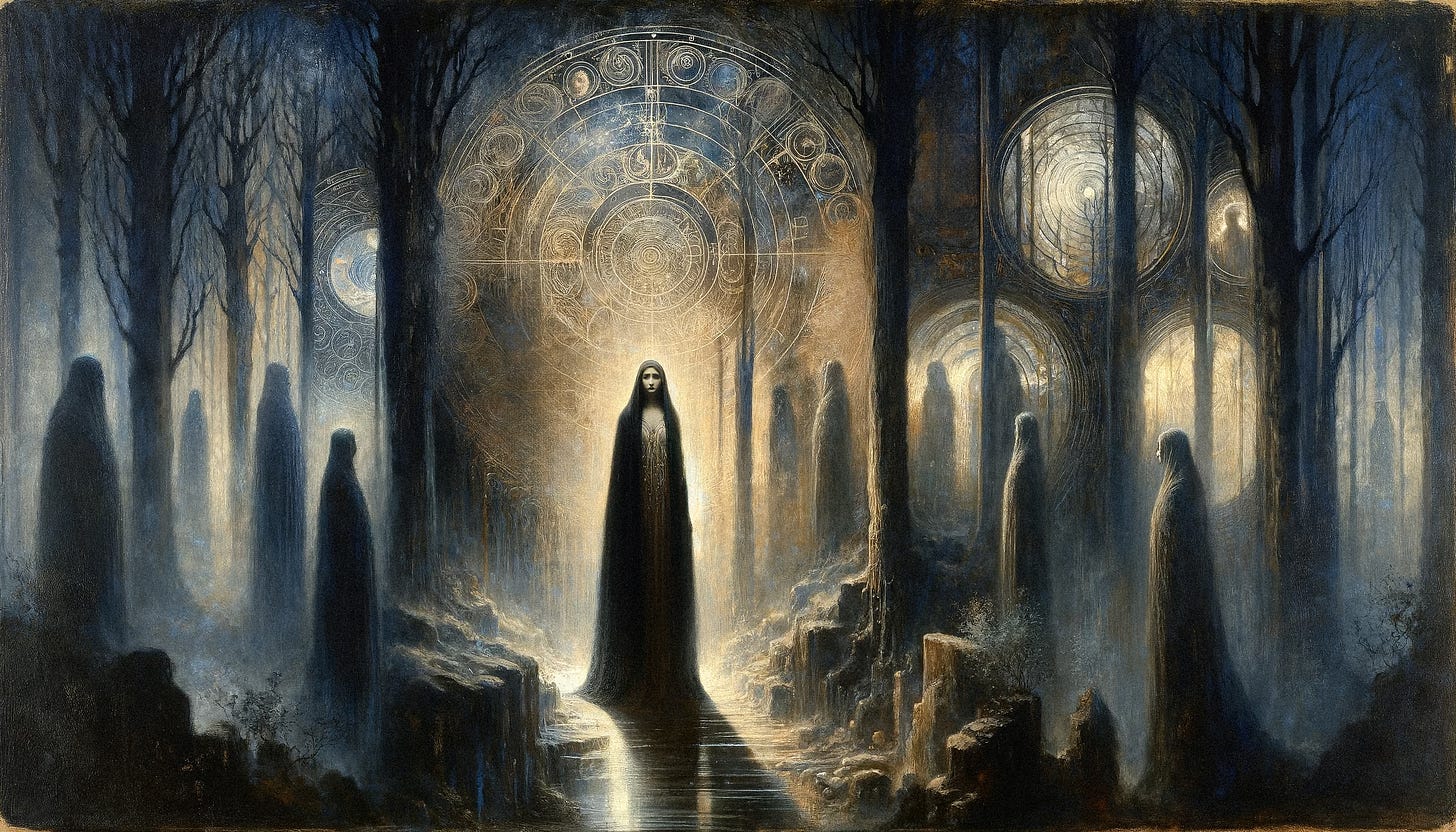
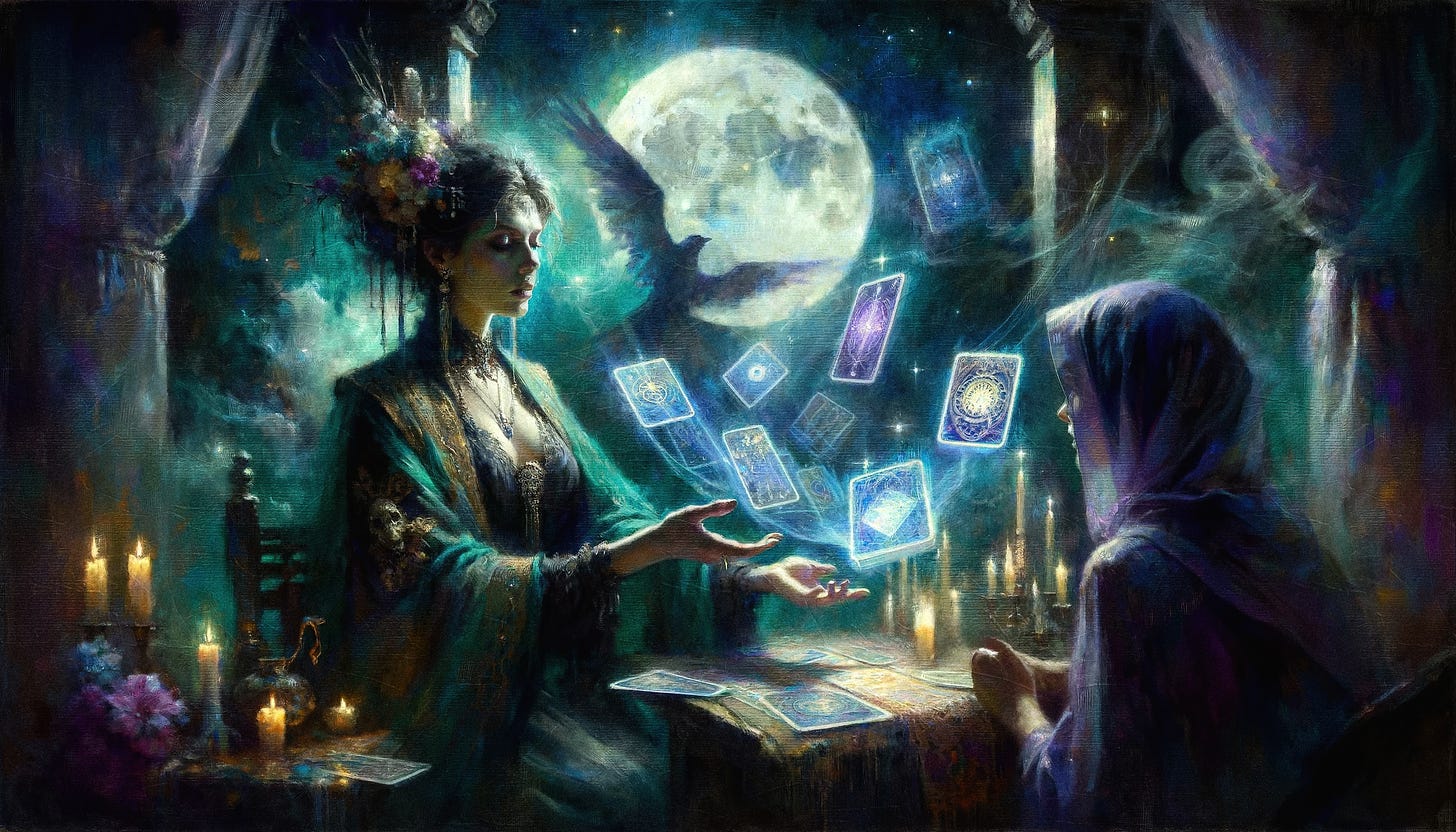
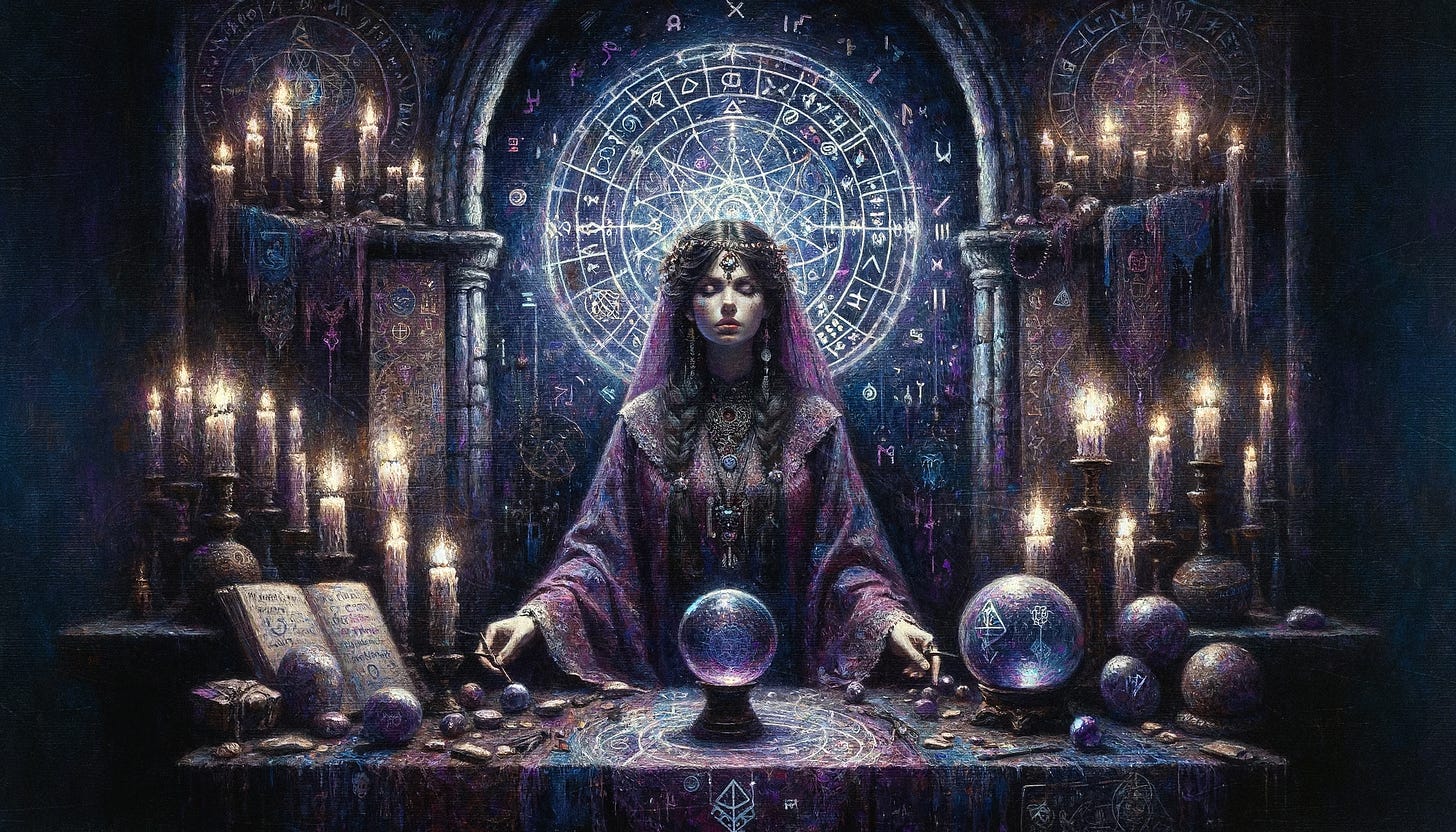
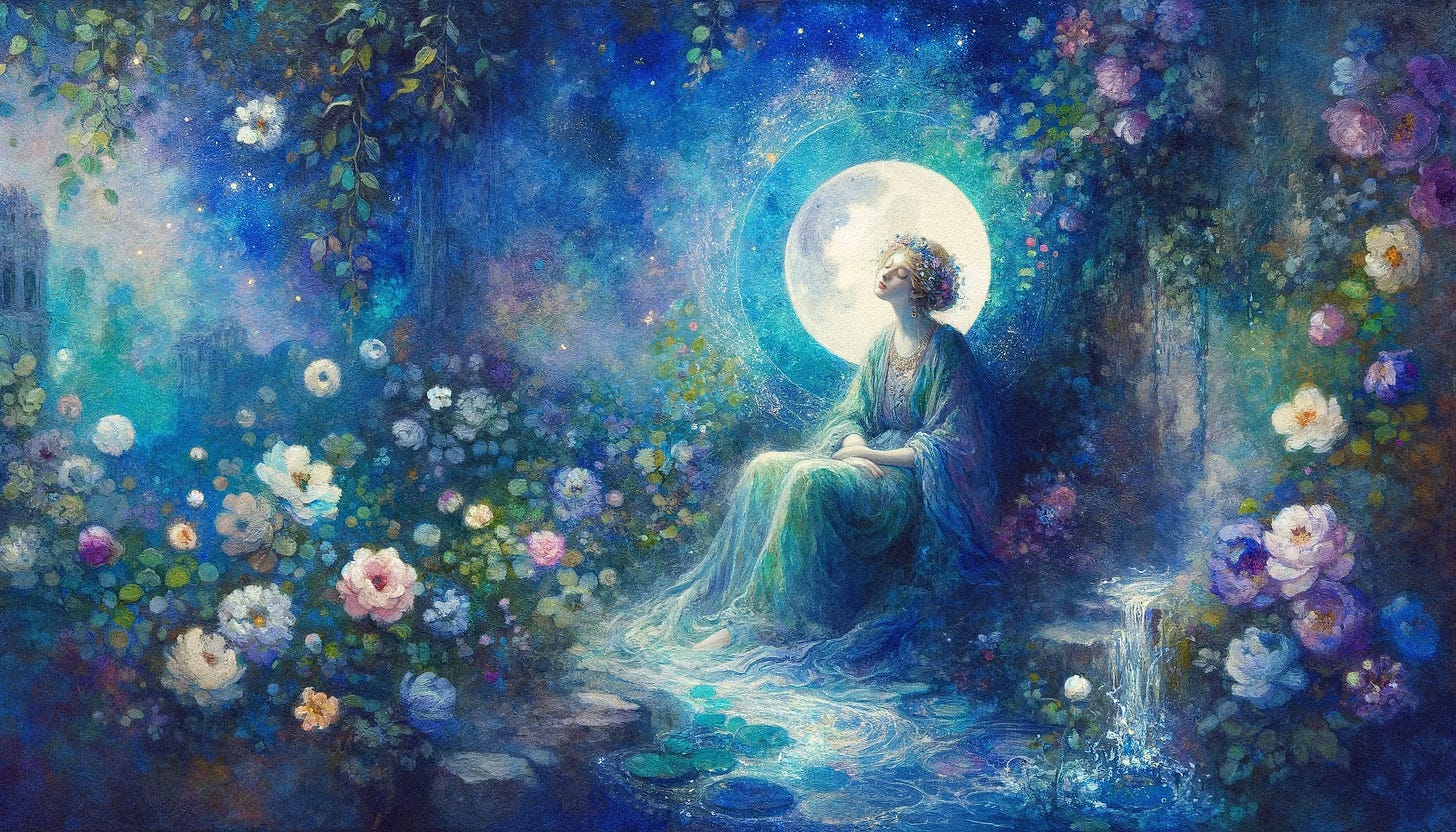
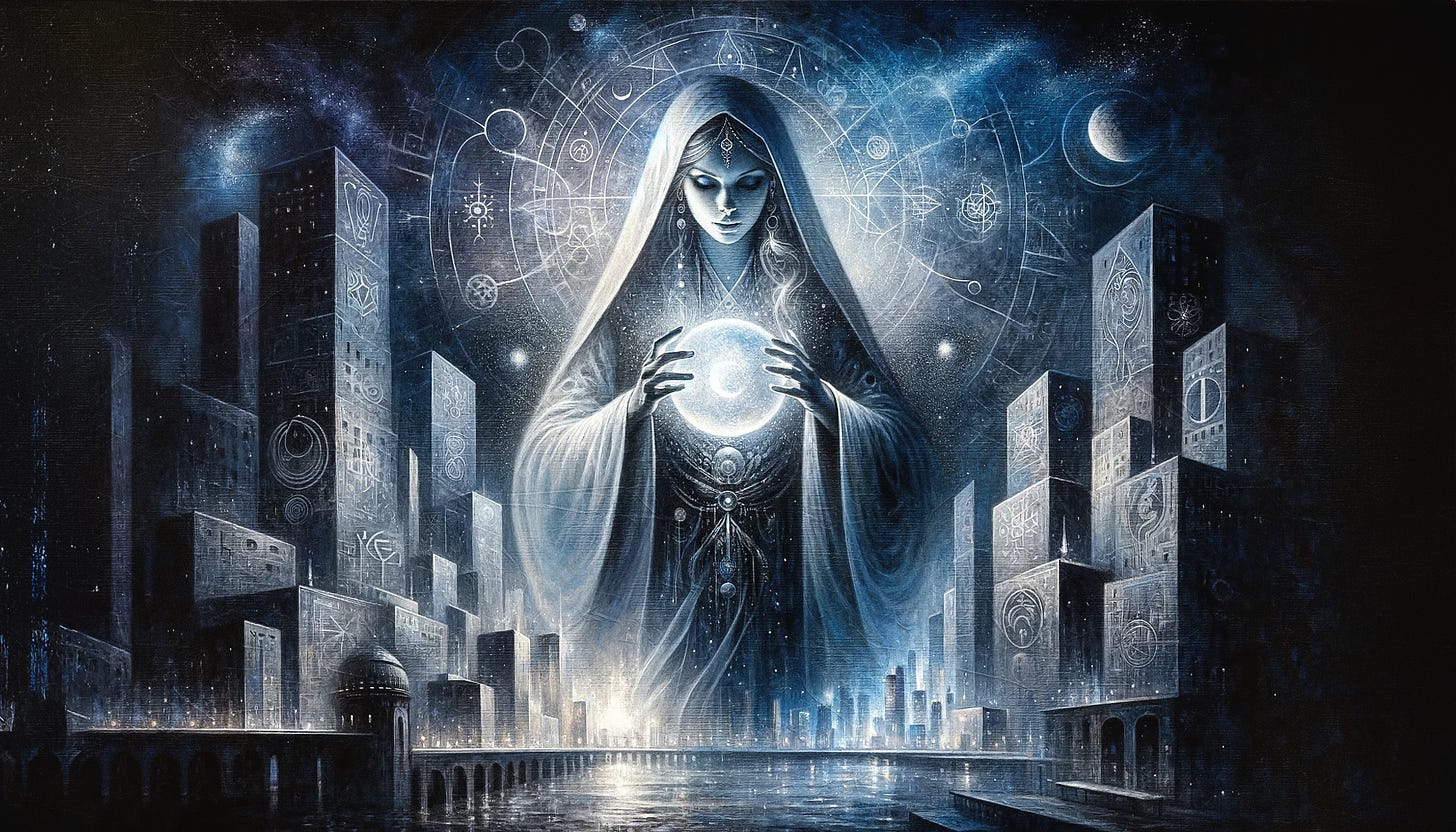
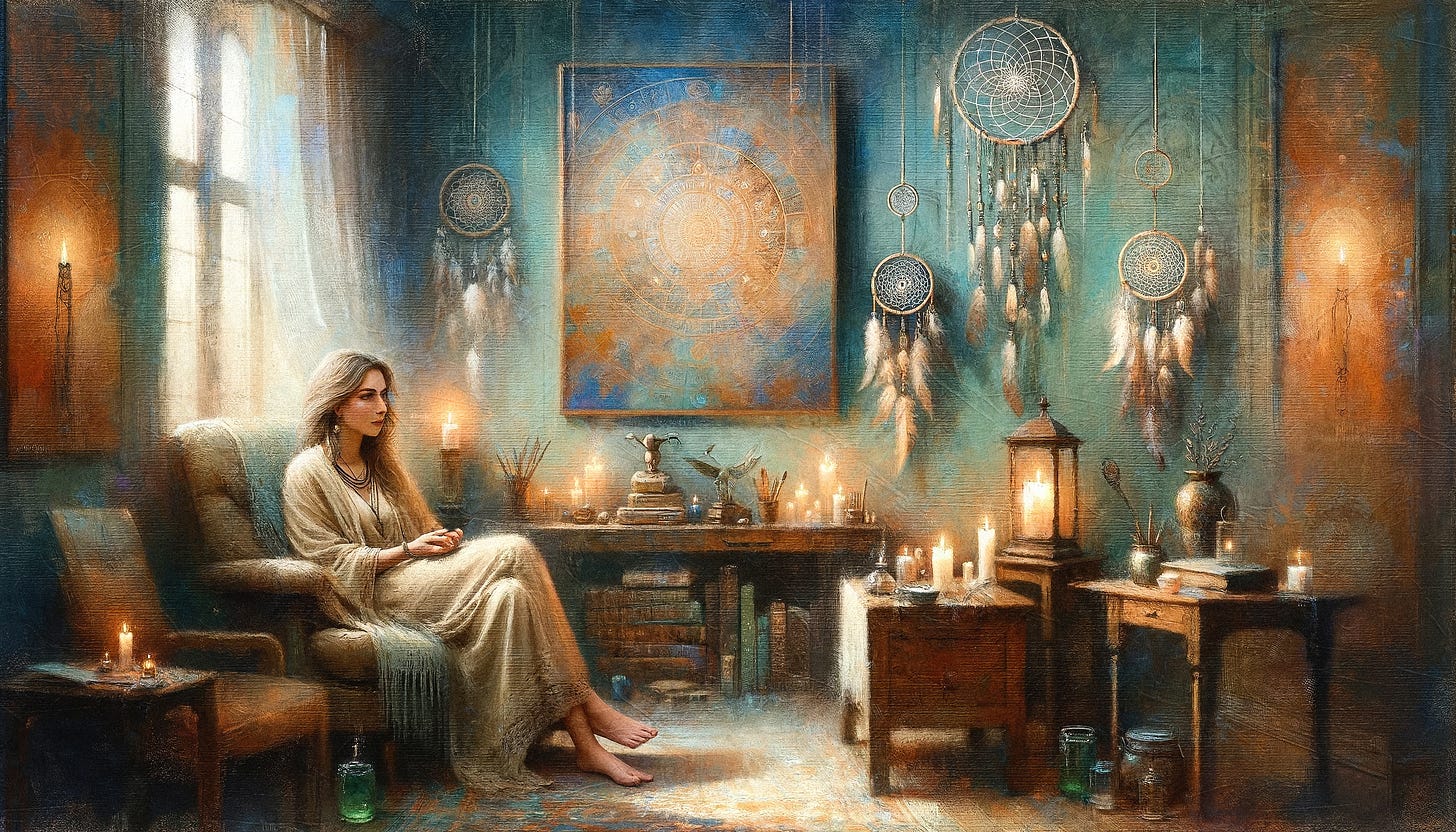
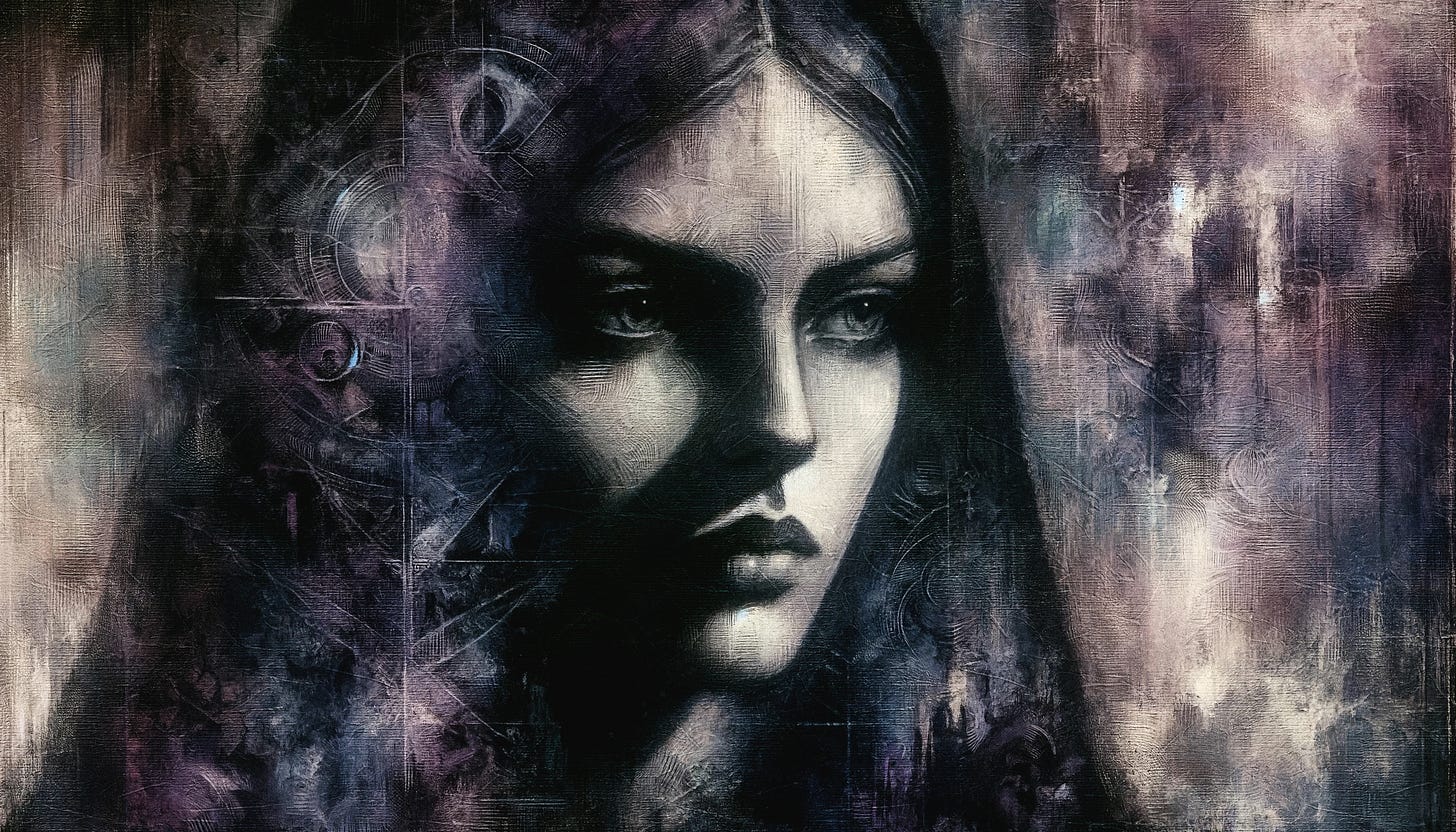
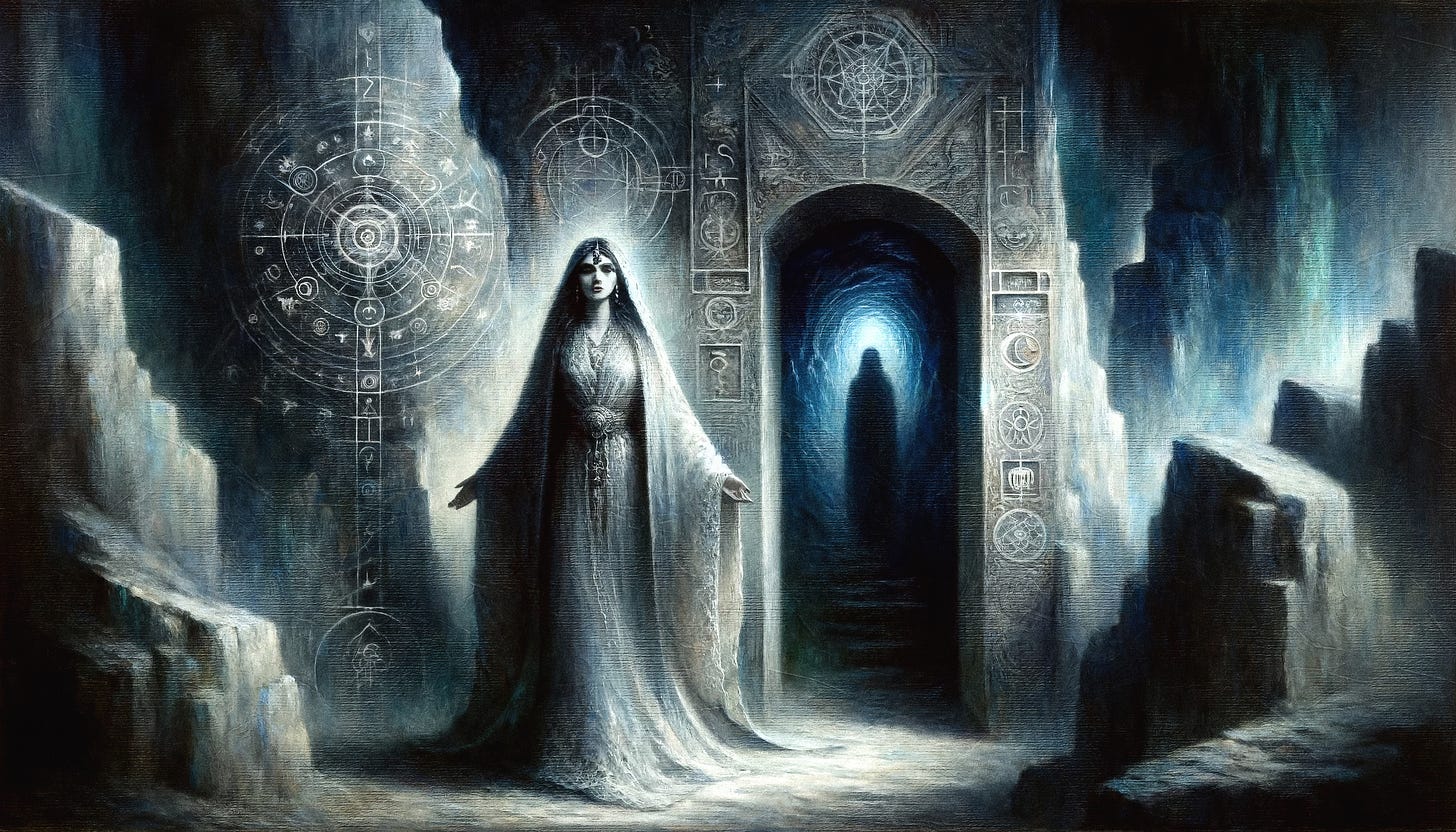
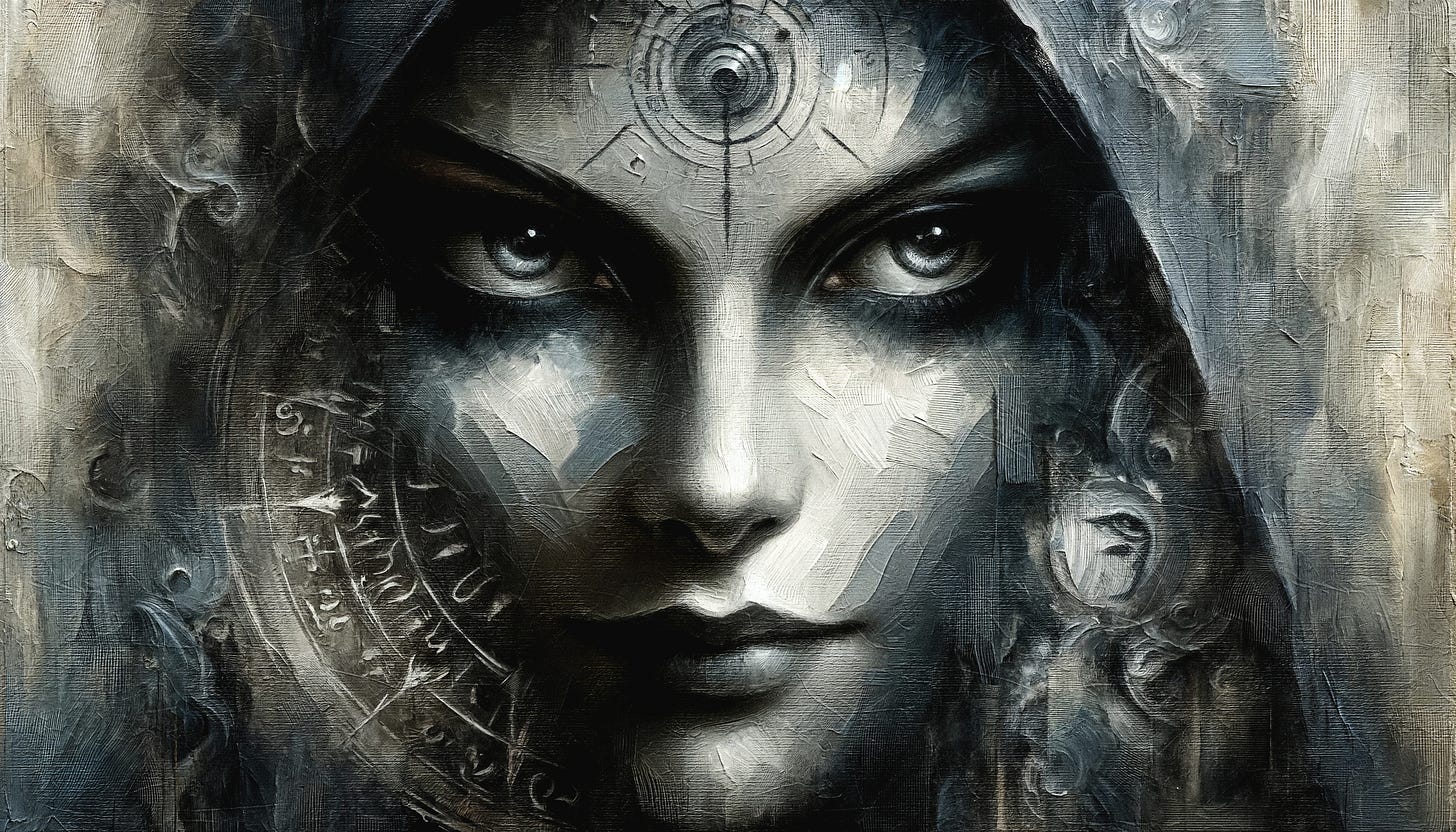
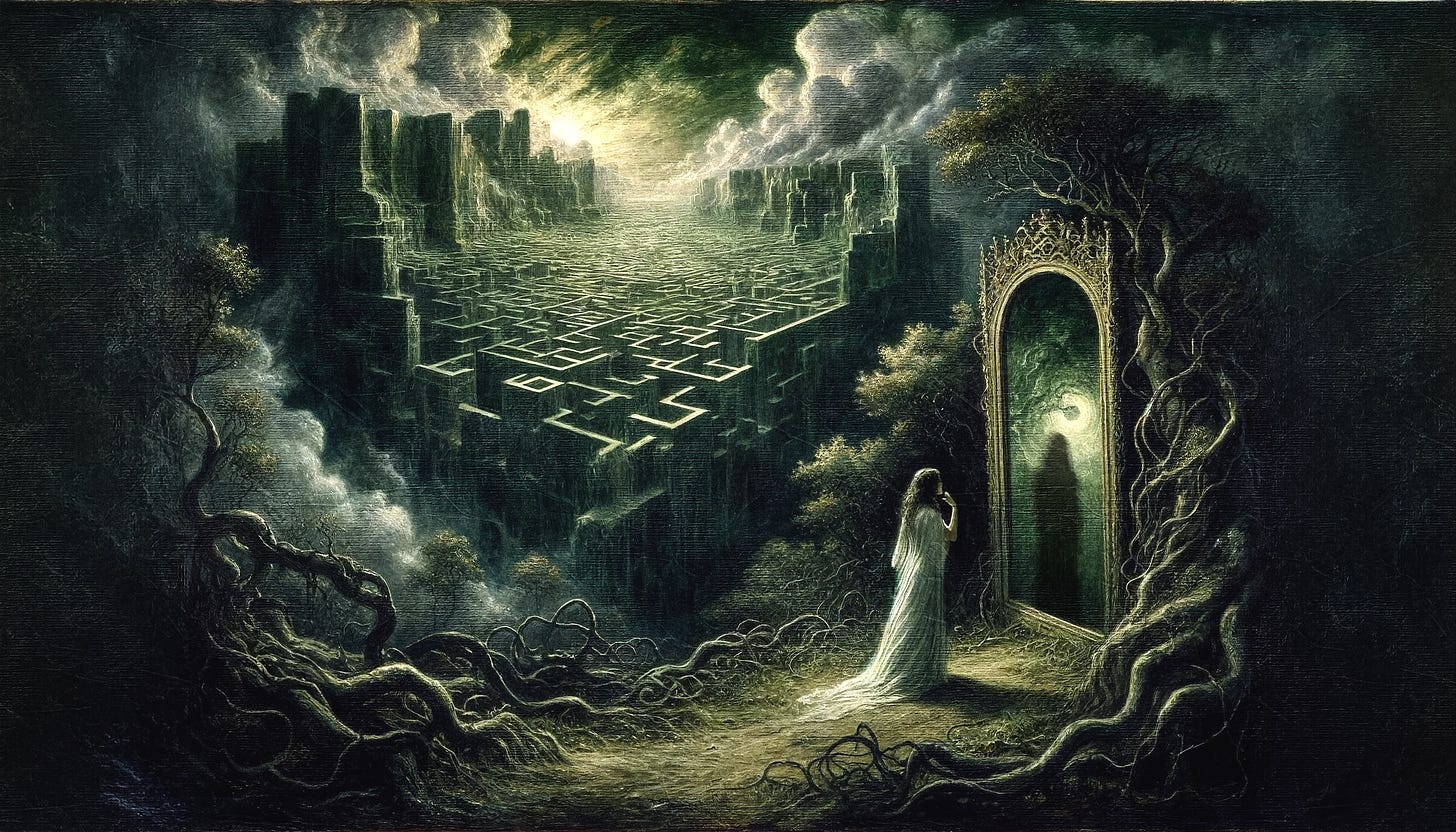

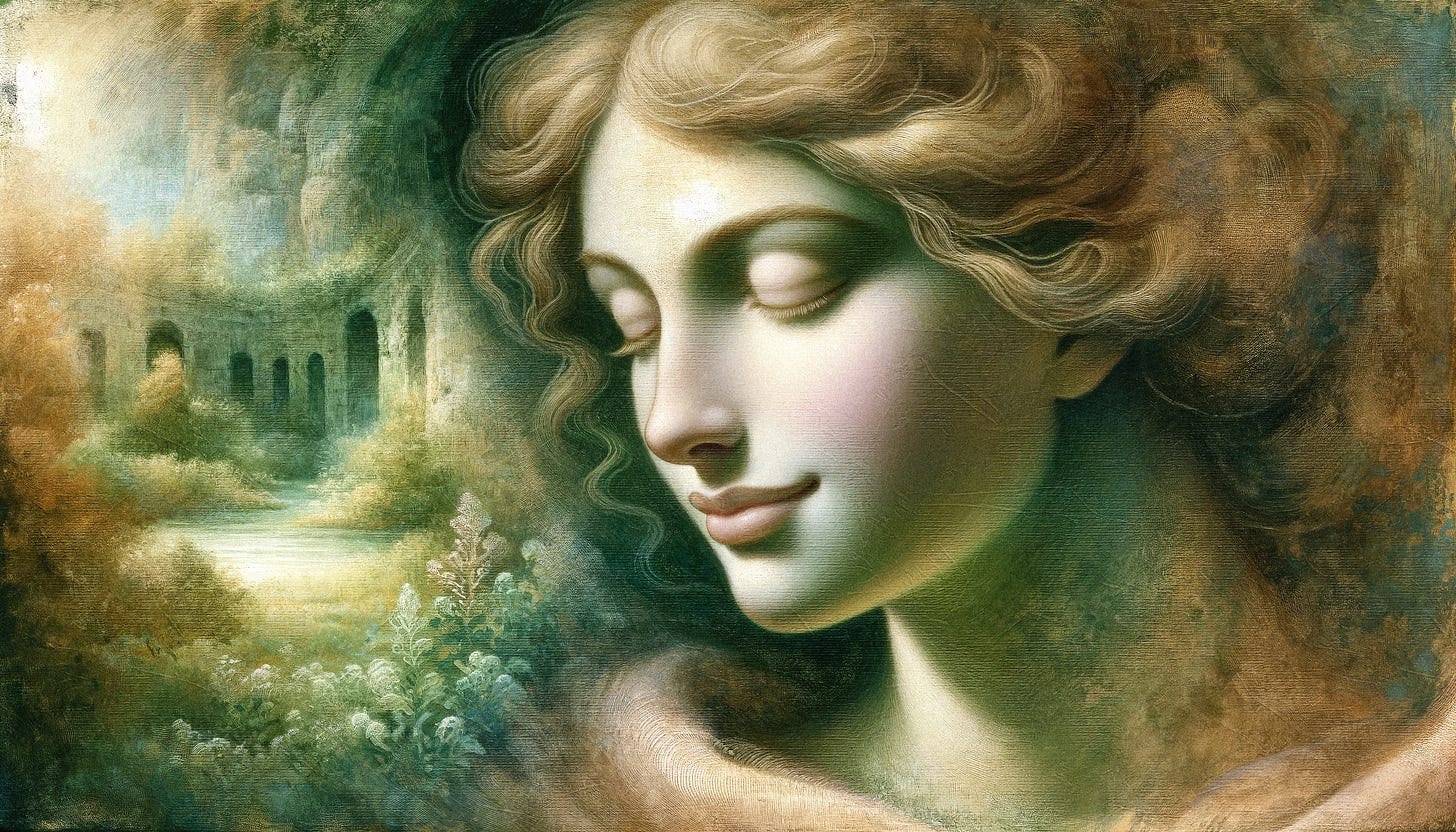
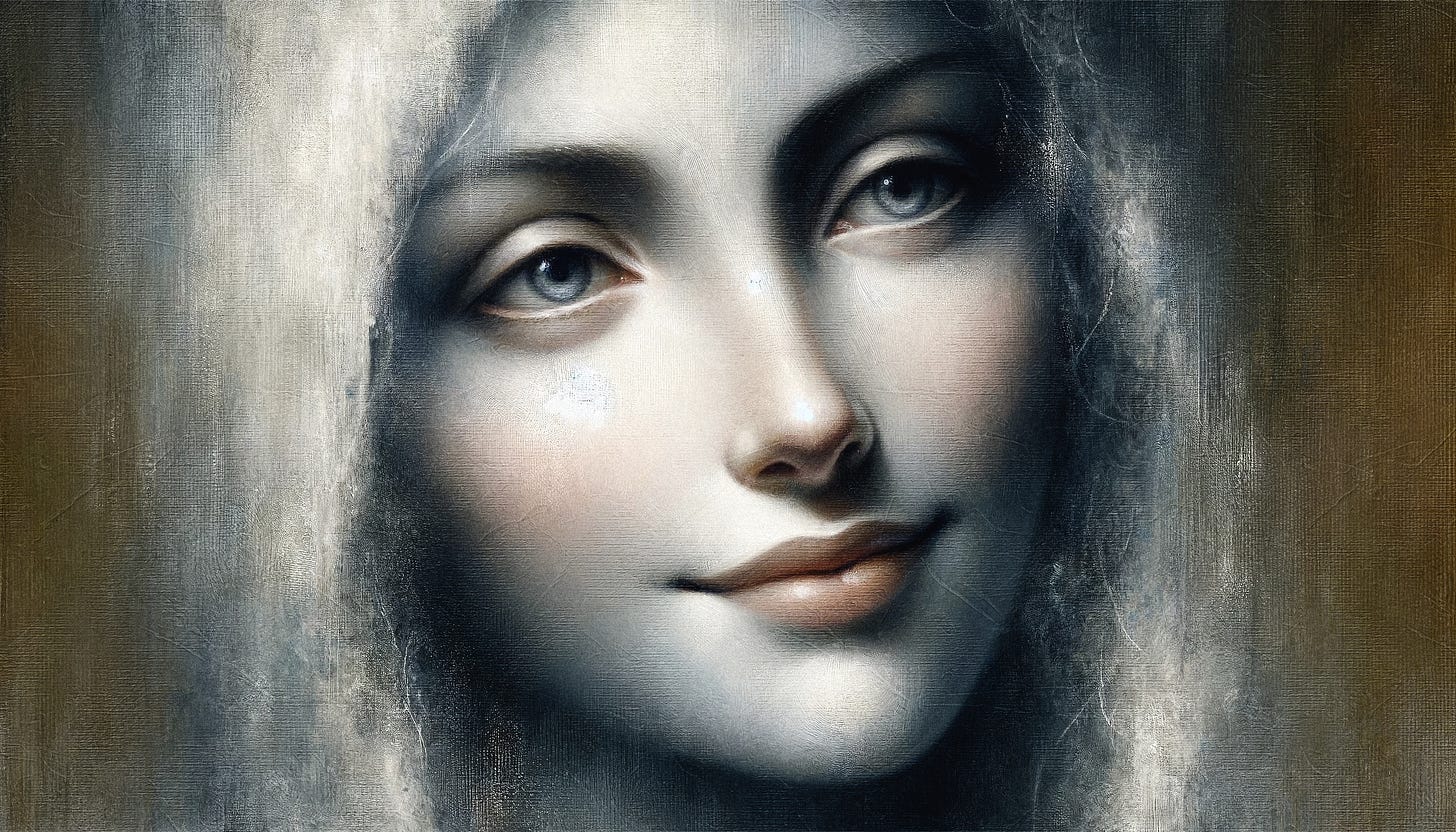
The High Priestess archetype invites us into a world where the veils between the known and the unknown are thinnest. 🌒 As we delve into this archetype, we're not just learning about a symbol; we're embarking on a personal quest to uncover the mysteries within us, inspired by Carl Jung and the ancient art of tarot. What part of the High Priestess's journey resonated most with you? Did any insights surprise you or spark a moment of self-recognition? Share your reflections and stories below. Your insights illuminate our collective exploration. And if this journey through the mystical has enriched your understanding, remember to like, share, and subscribe! Let's keep the conversation going and the wisdom flowing. 💫